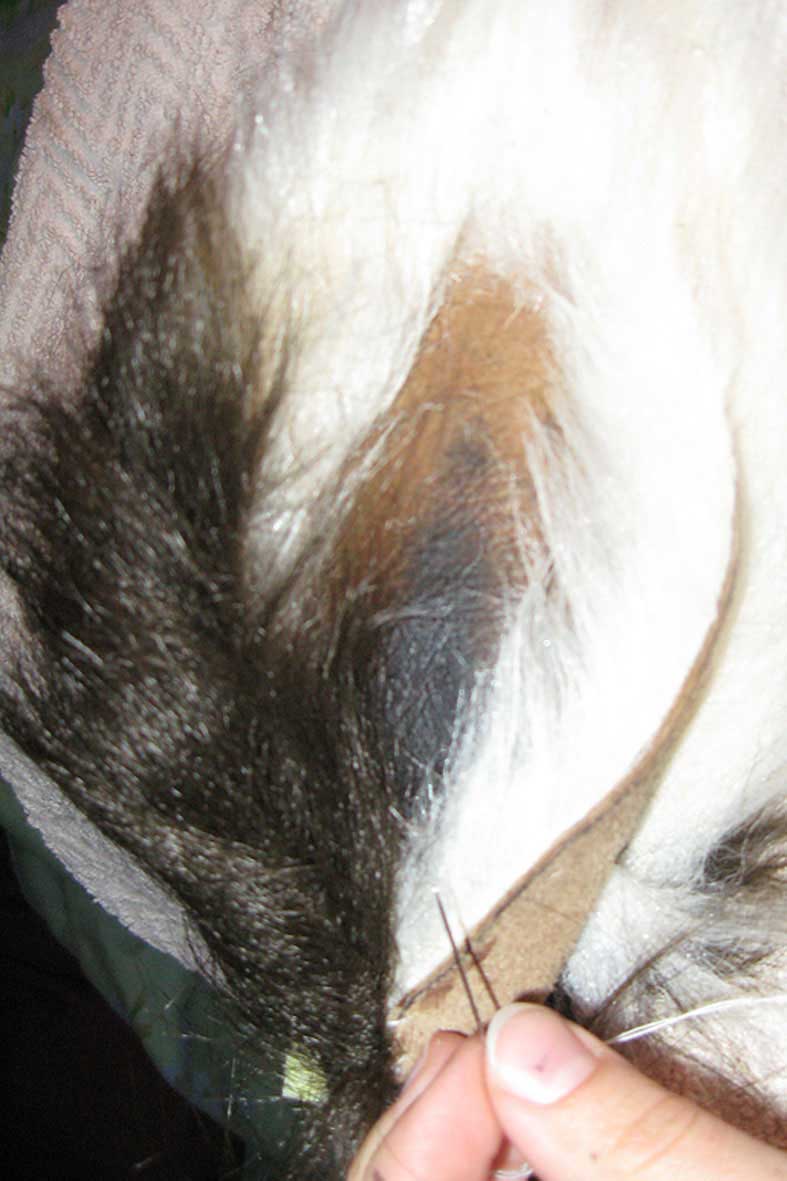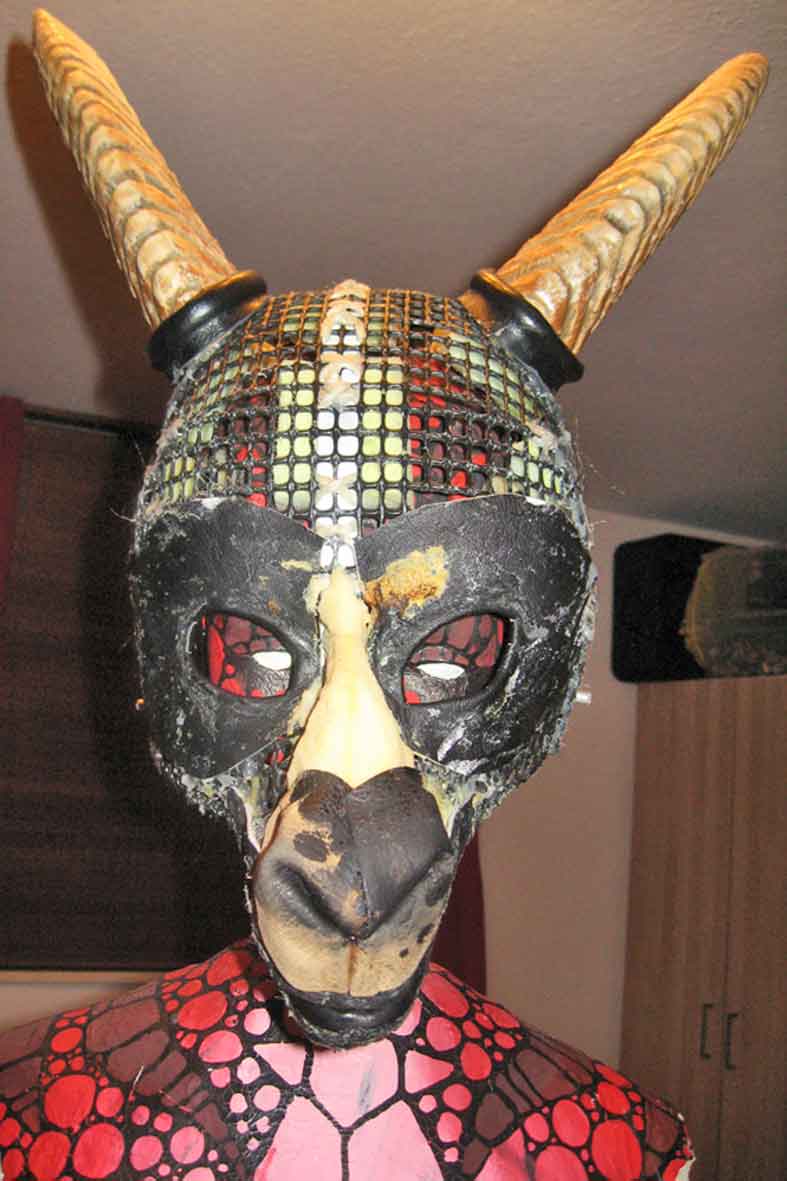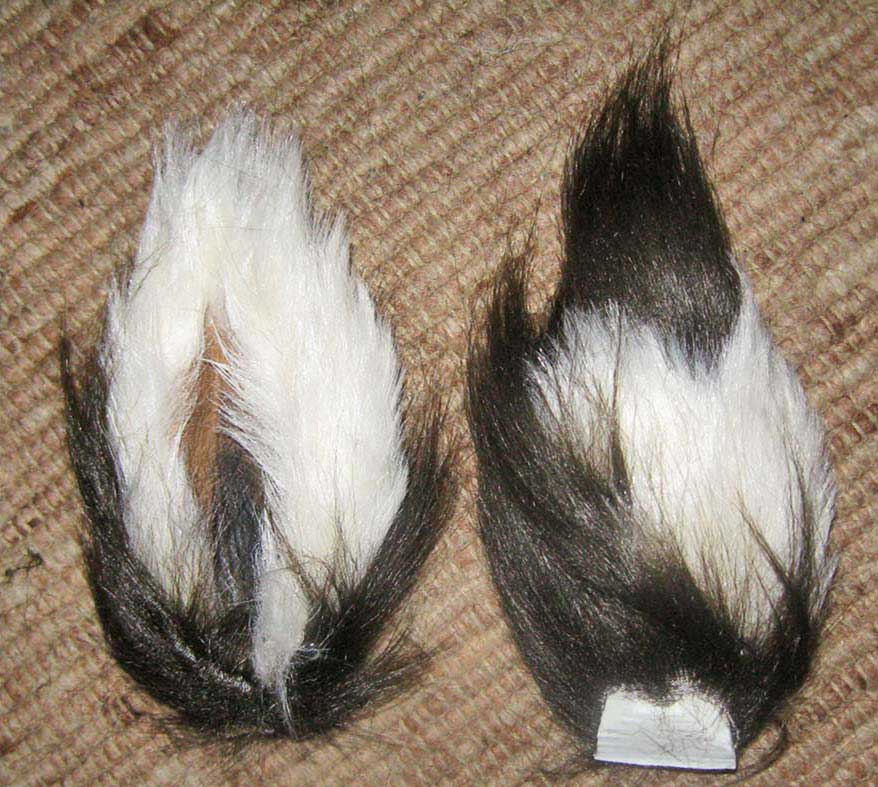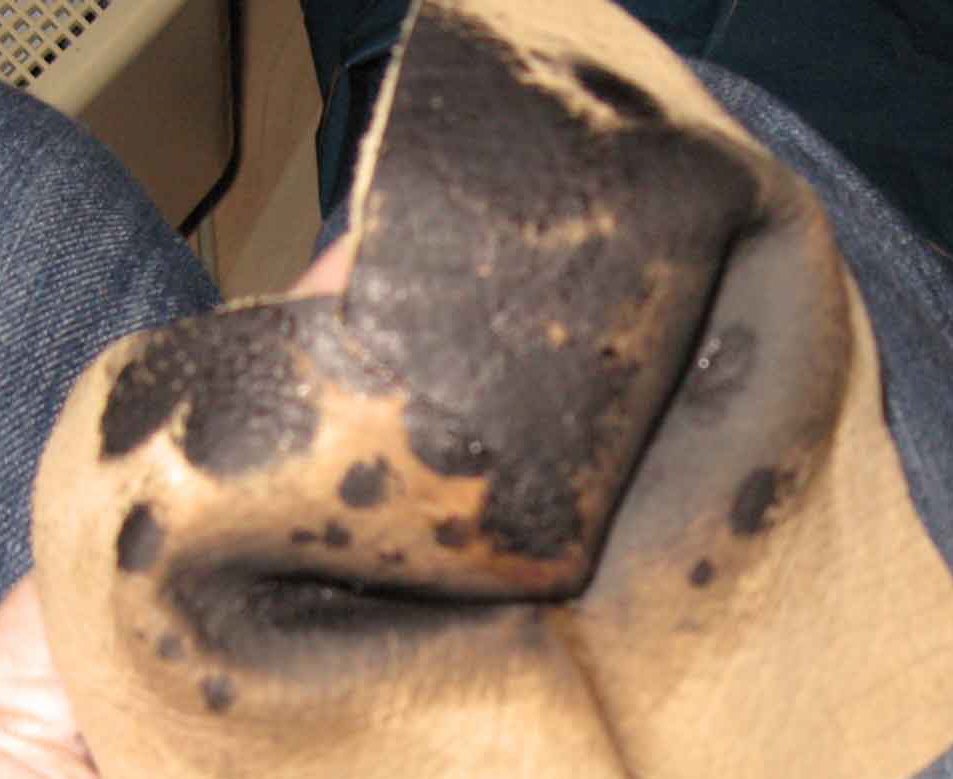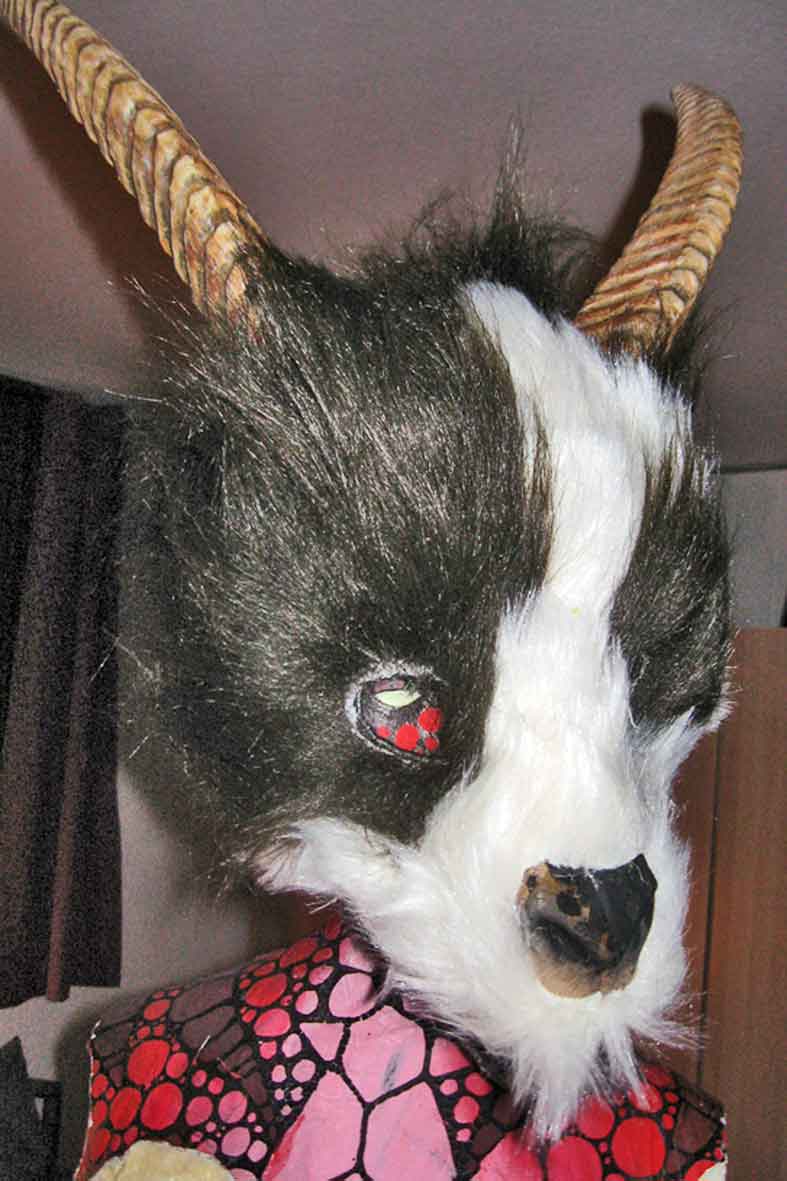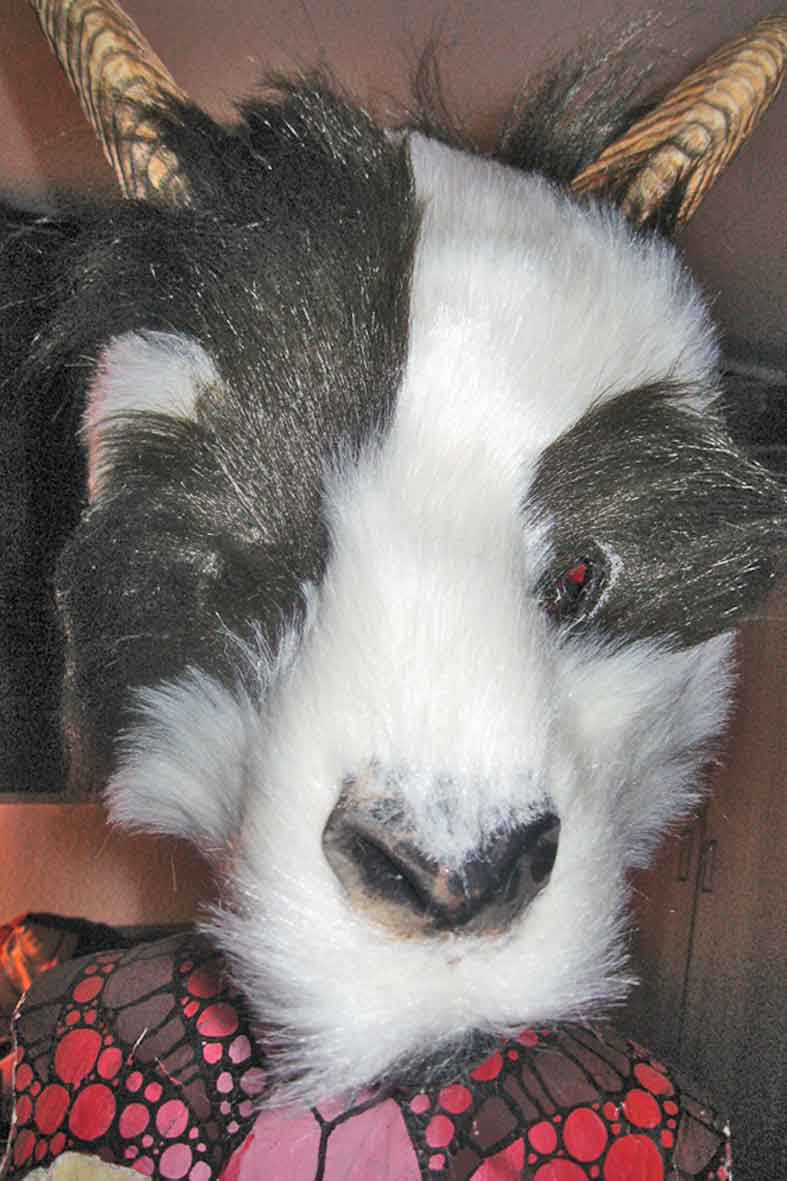|
|
|
What is portrayed here is not a “monster” or “mutant” but an intelligent non-human lifeform. So the term “beastman” that has established itself to describe these creatures is therefore not quite correct either. |
||||||||||||||||||||||||||||||||||
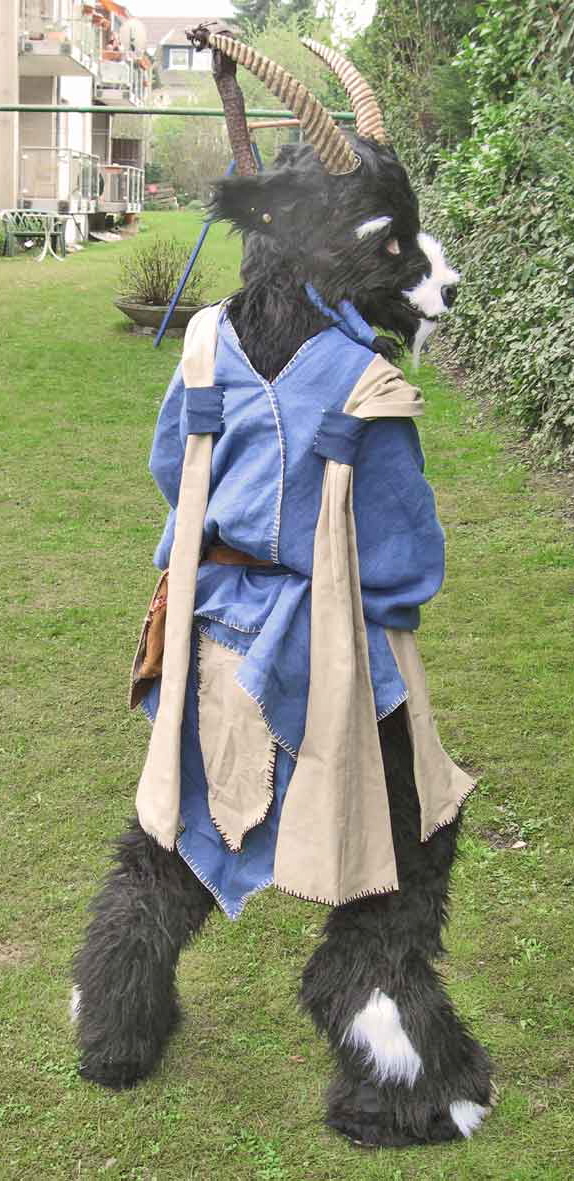 |
||||||||||||||||||||||||||||||||||
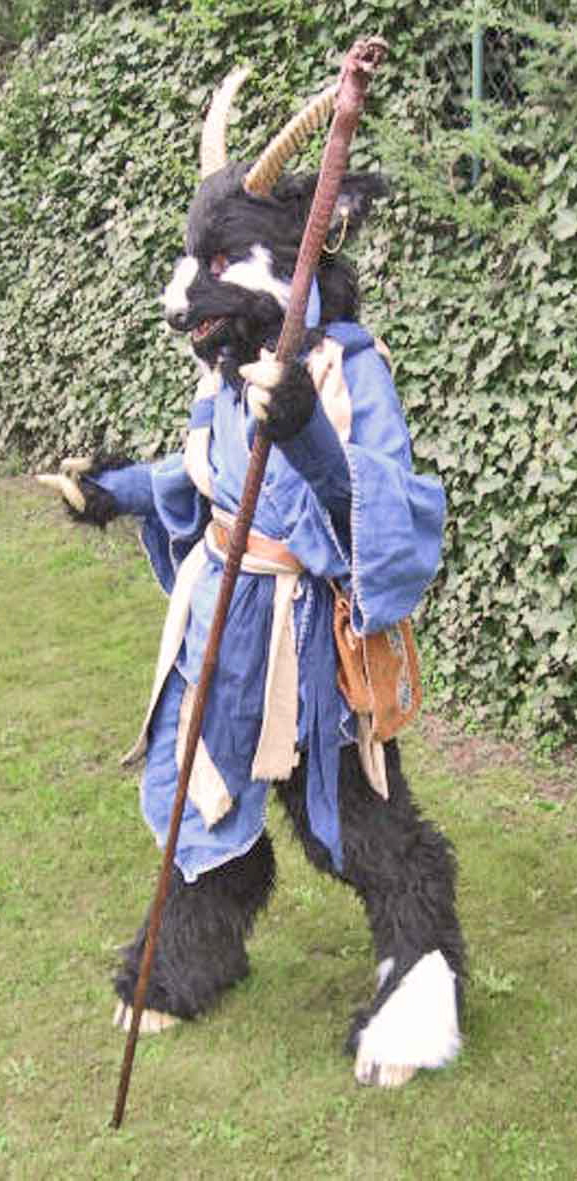 |
||||||||||||||||||||||||||||||||||
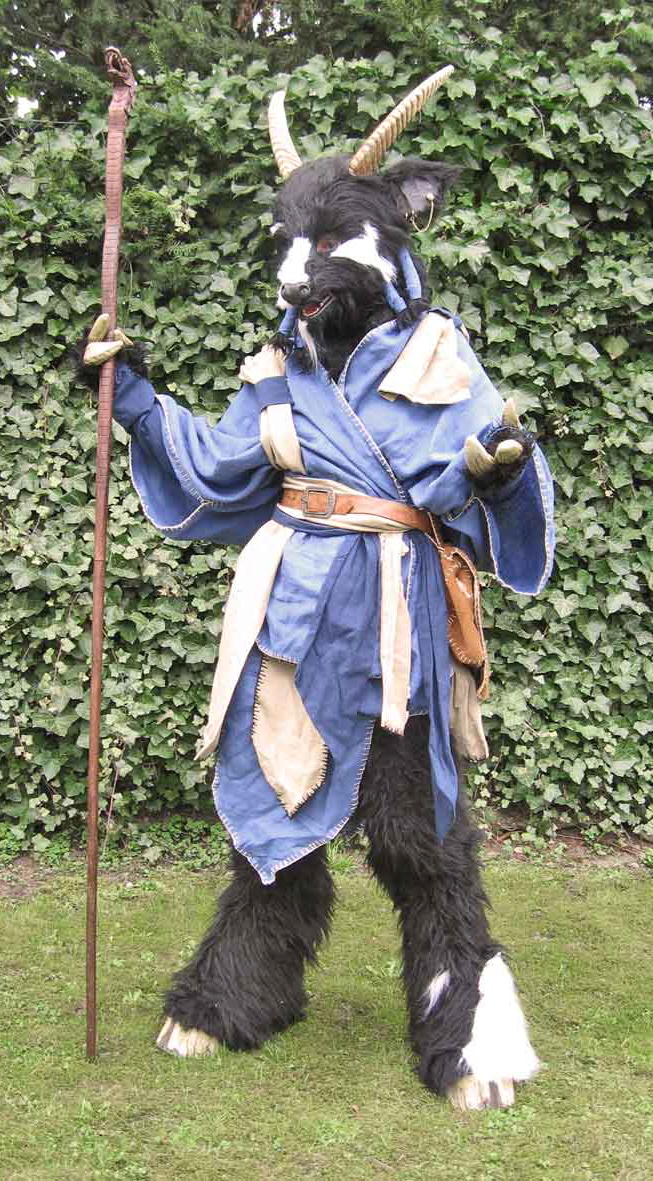 |
||||||||||||||||||||||||||||||||||
|
This Link leads to Youtube and shows the creature in motion: The “wrong-jointed” (digitgrade) legs are are created by planting paddings on thighs (to the front) and calf (to the rear). Placing them the right way so the legs look “real” is difficult though. |
||||||||||||||||||||||||||||||||||
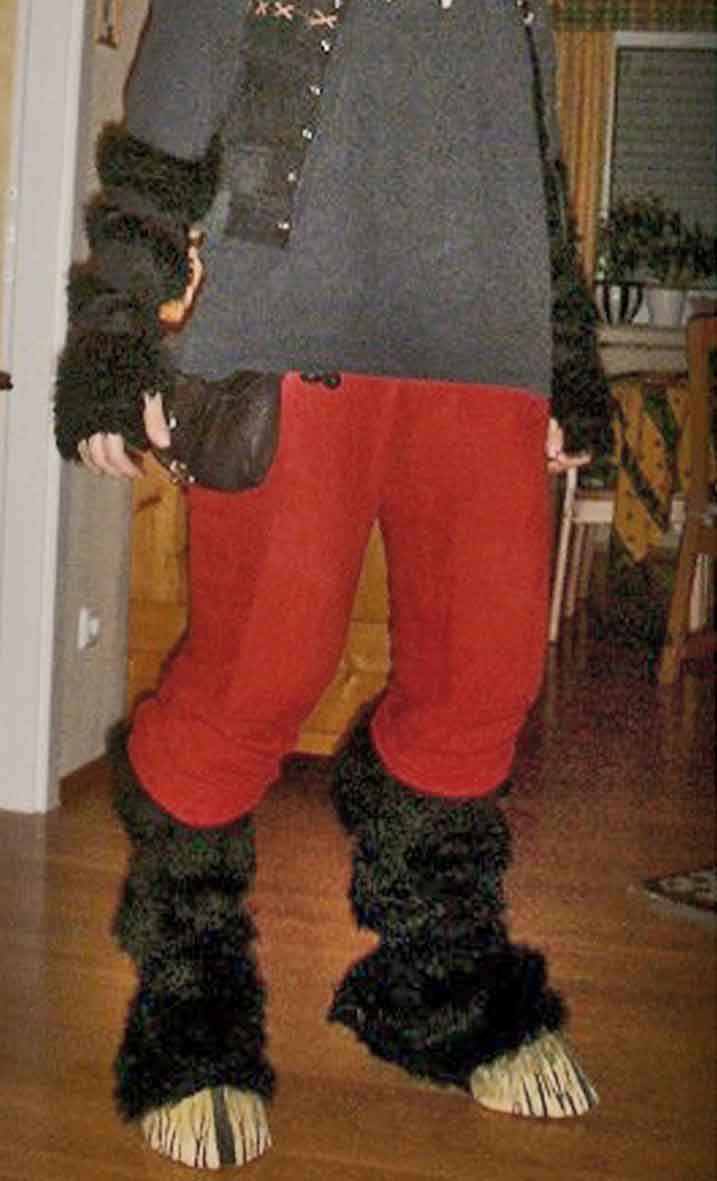 |
||||||||||||||||||||||||||||||||||
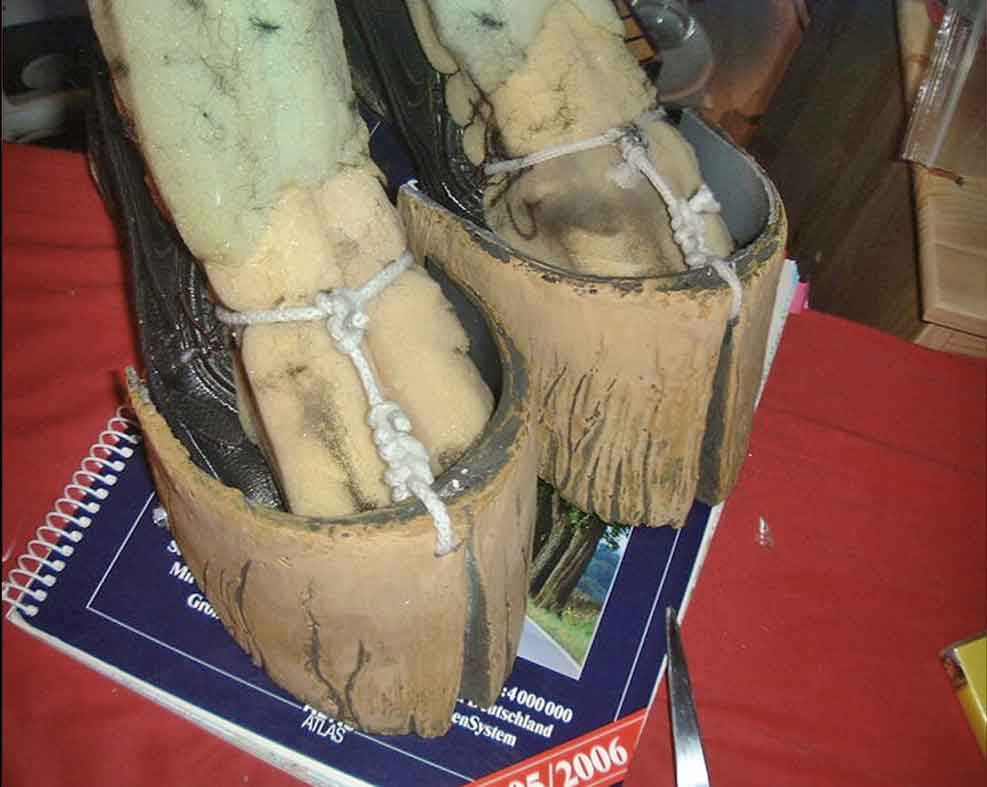 |
||||||||||||||||||||||||||||||||||
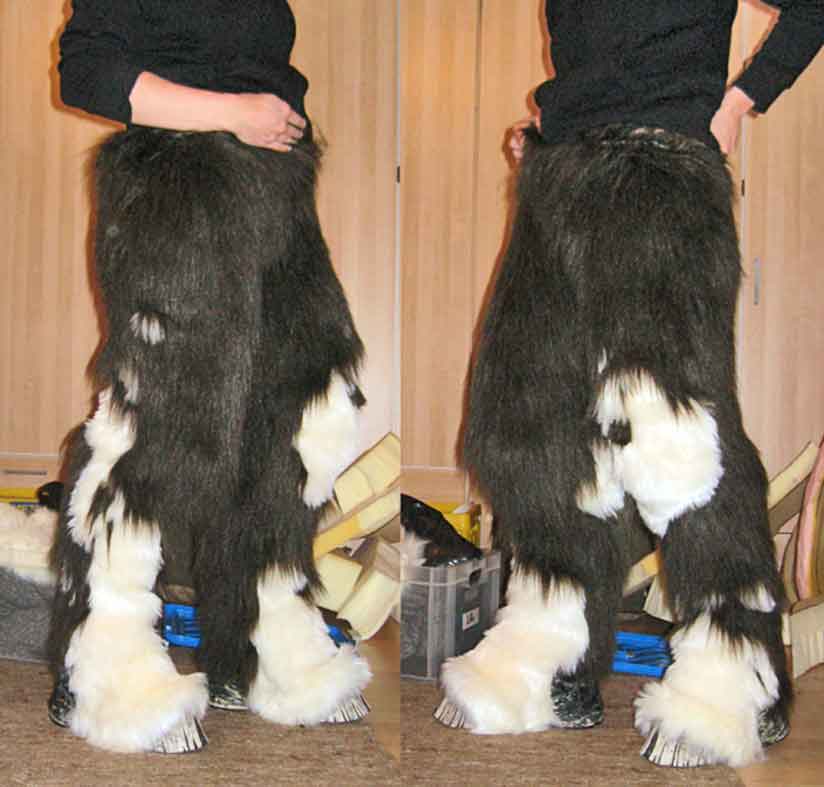 |
||||||||||||||||||||||||||||||||||
 |
||||||||||||||||||||||||||||||||||
|
Above left: Above right: The rare opportunity to get to see how the pads sholuld be arranged on human legs to create the “digitgrade” look. The picture shows them mounted upon a dummy during the process of making the sewing pattern. The building of the legs is documented in Annikaīs Blog: http://panprojekt.blogspot.de/ |
||||||||||||||||||||||||||||||||||
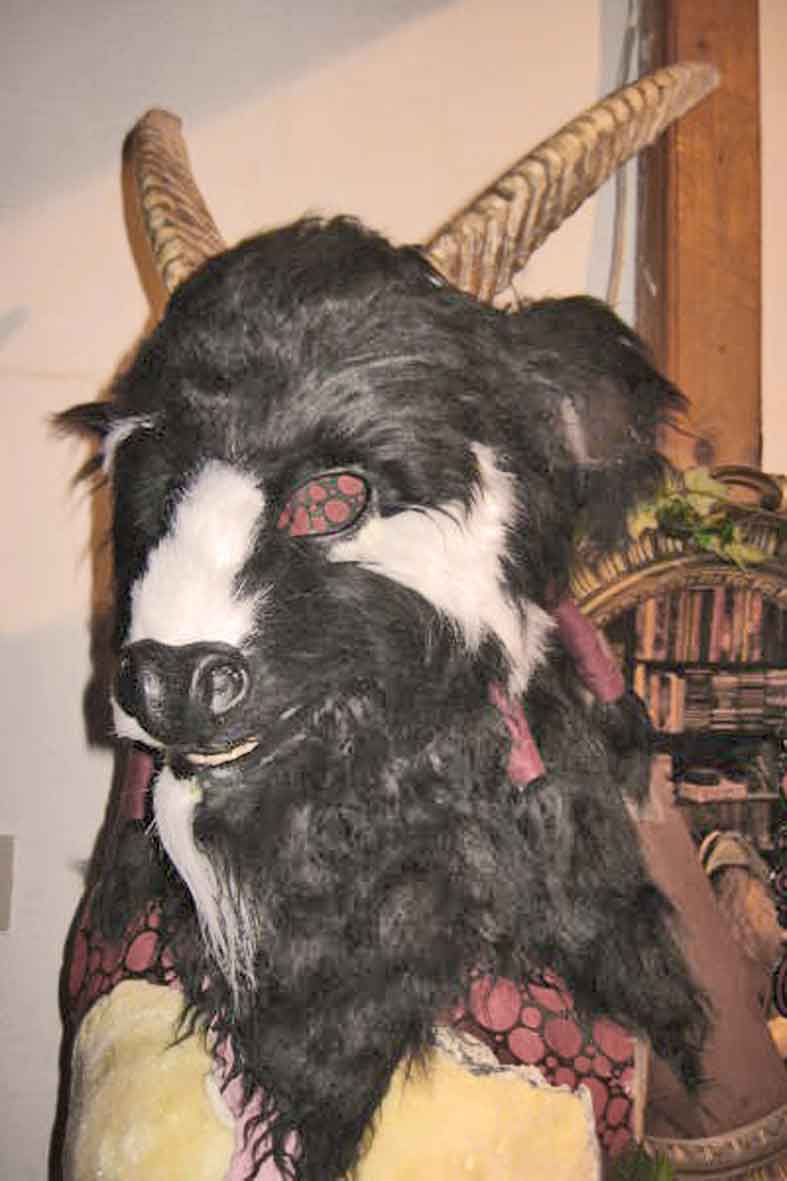 |
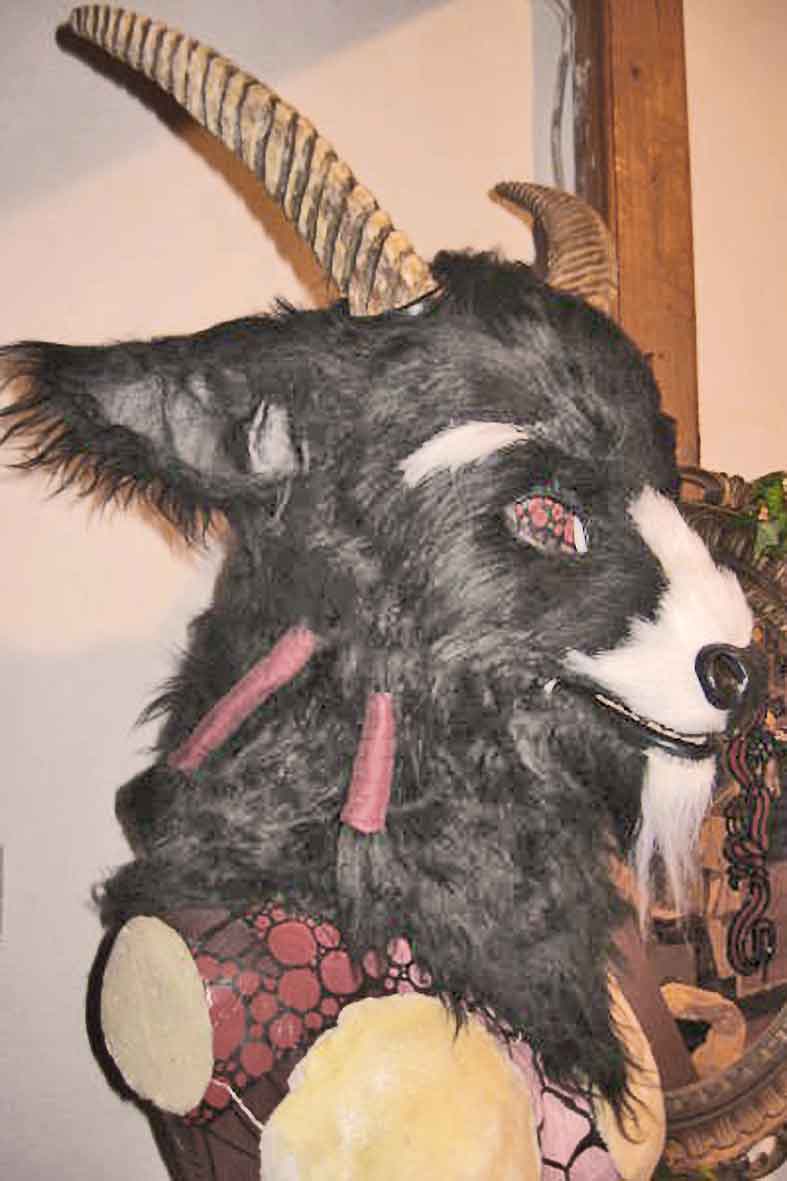 |
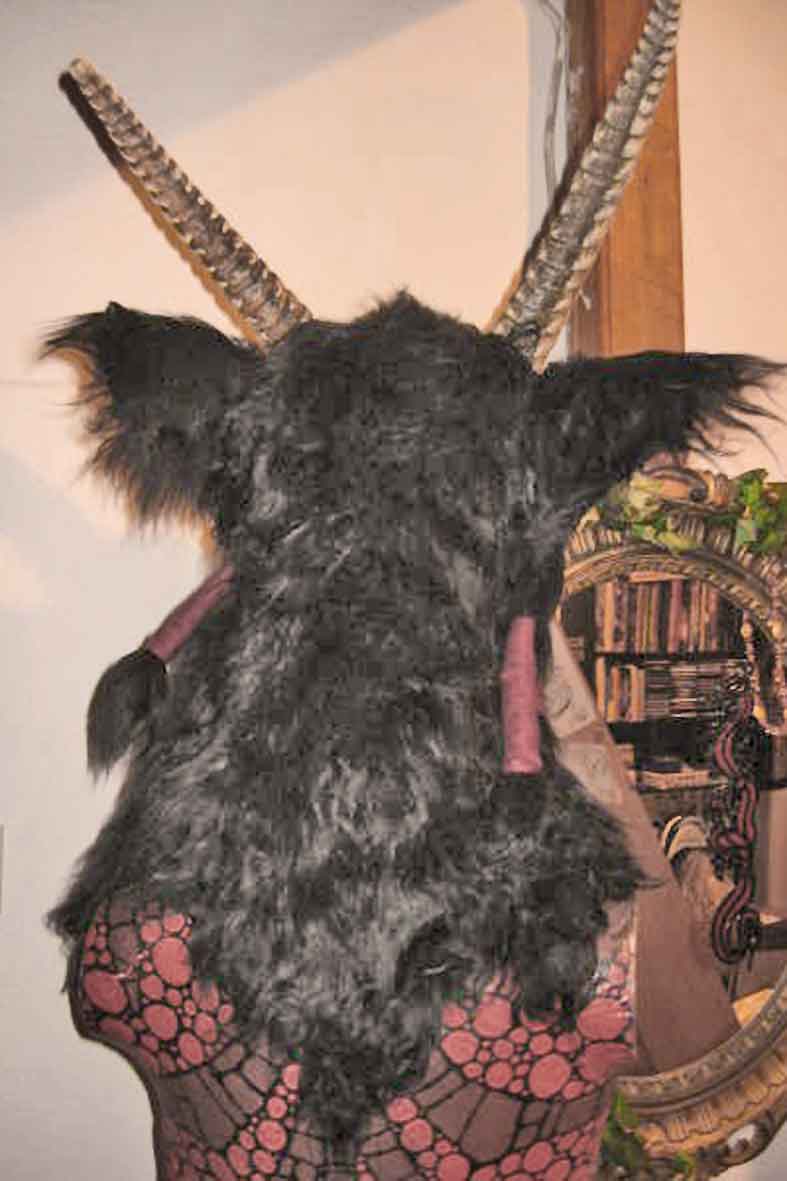 |
||||||||||||||||||||||||||||||||
|
Above: |
||||||||||||||||||||||||||||||||||
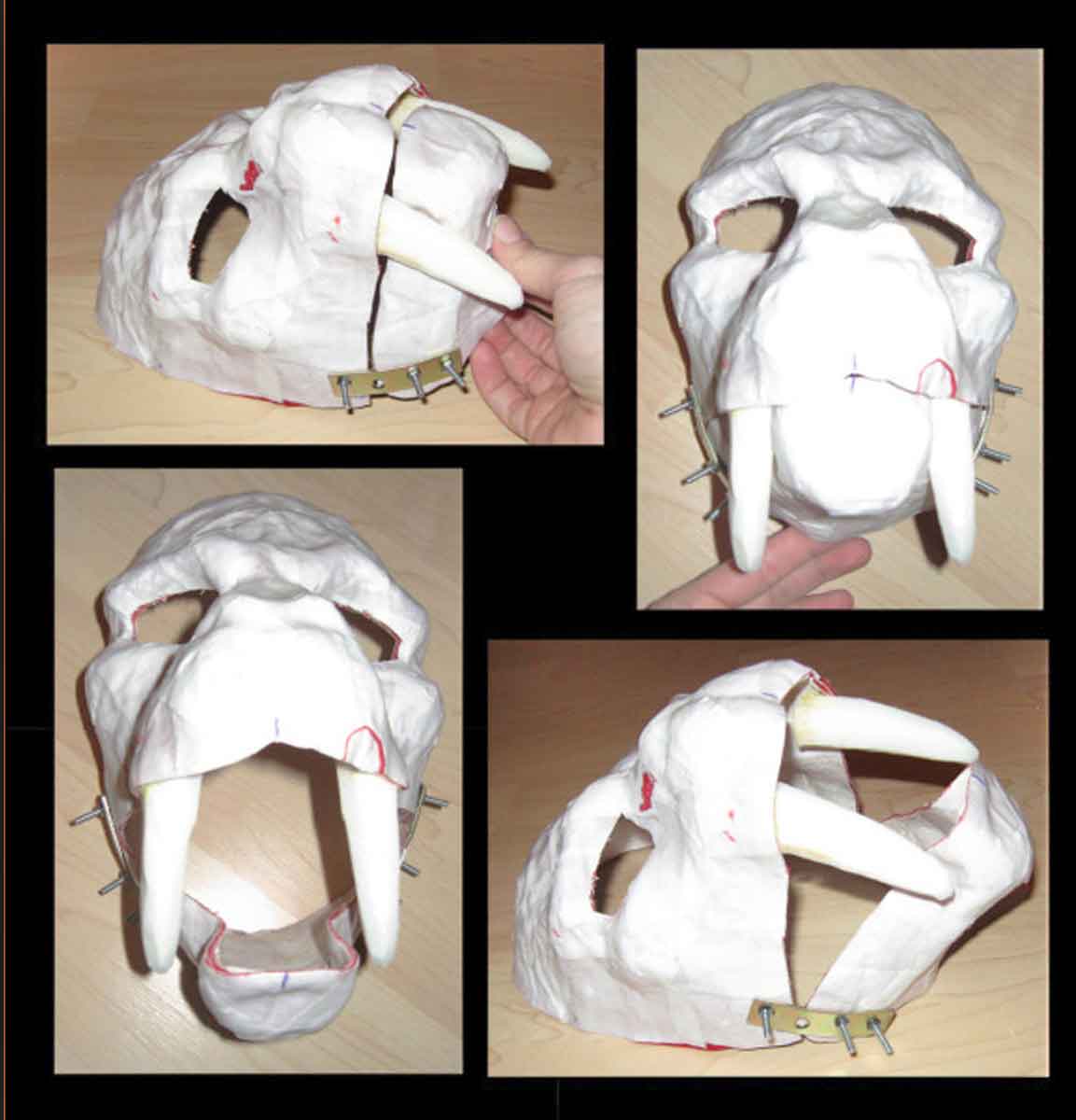 |
||||||||||||||||||||||||||||||||||
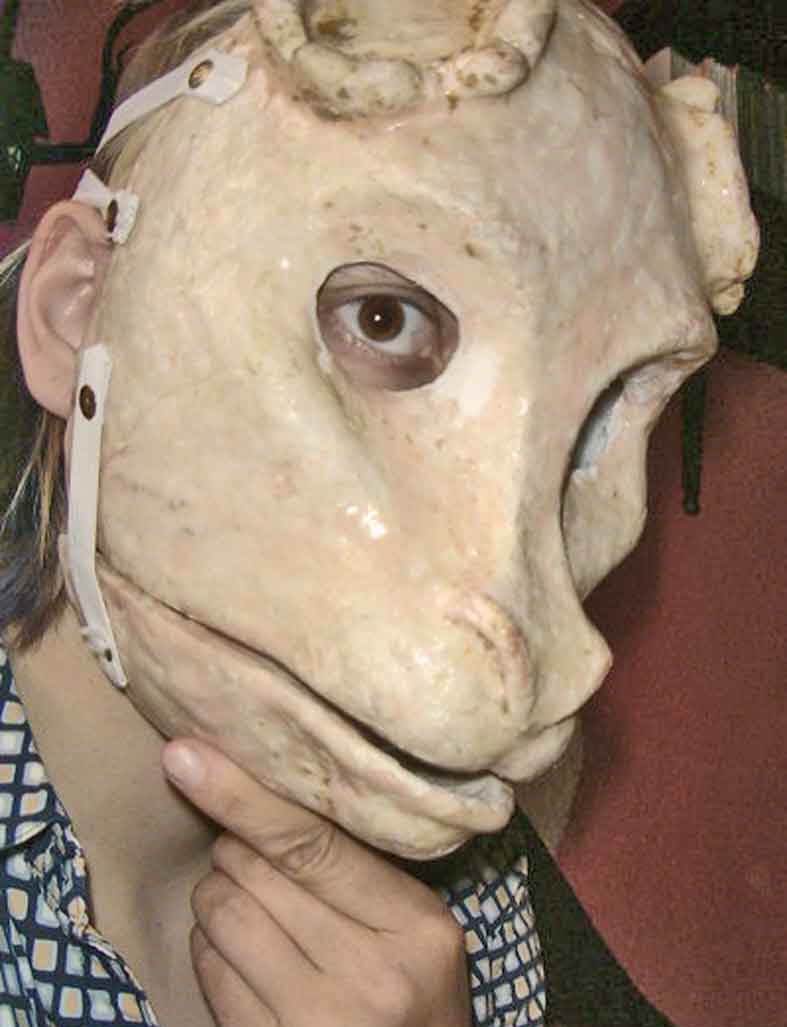 |
||||||||||||||||||||||||||||||||||
|
Above: Linothorax-masks (on the left the goat, on the right a sabre- tooth tiger). There are many ways to build creatures. In the inLarp- forum Annika has assembled an extensive collection of links dealing with all aspects of creating “beastmen”: Here some extracts: The new mask was built in another way (all pictures can be zoomed via rightclick context menu): |
||||||||||||||||||||||||||||||||||
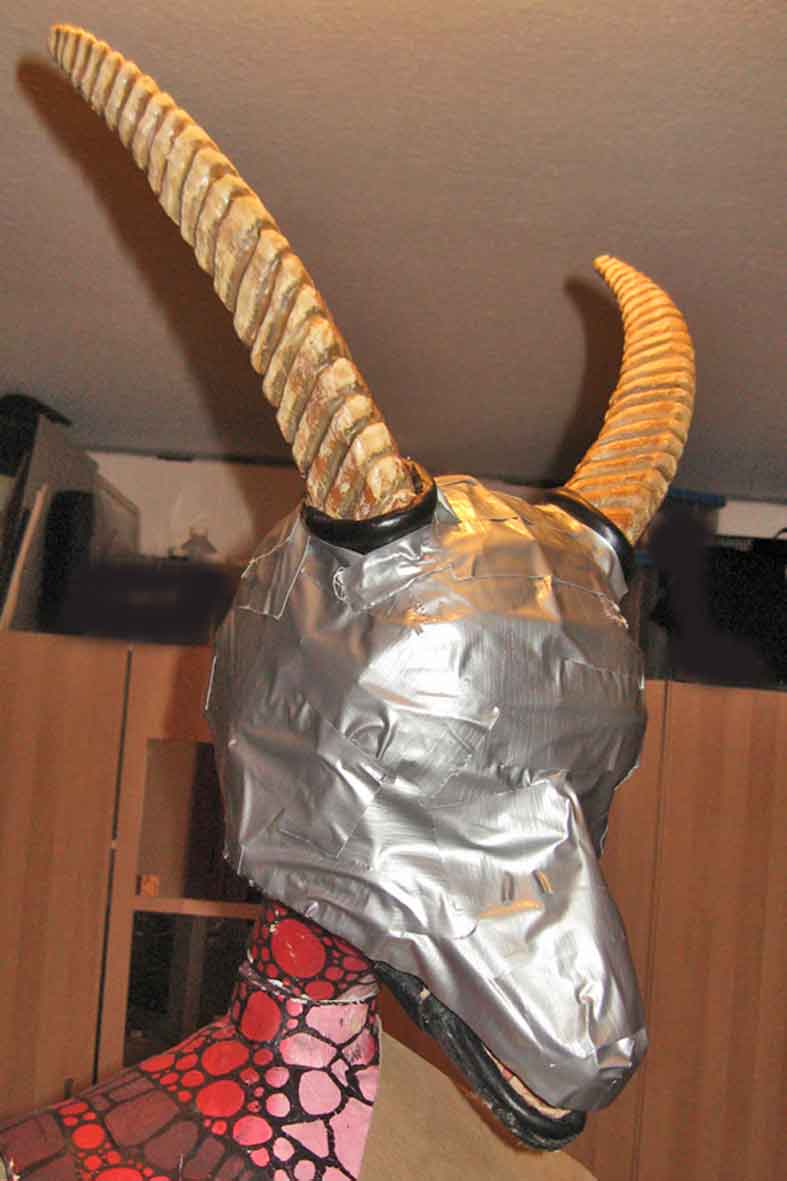 |
||||||||||||||||||||||||||||||||||
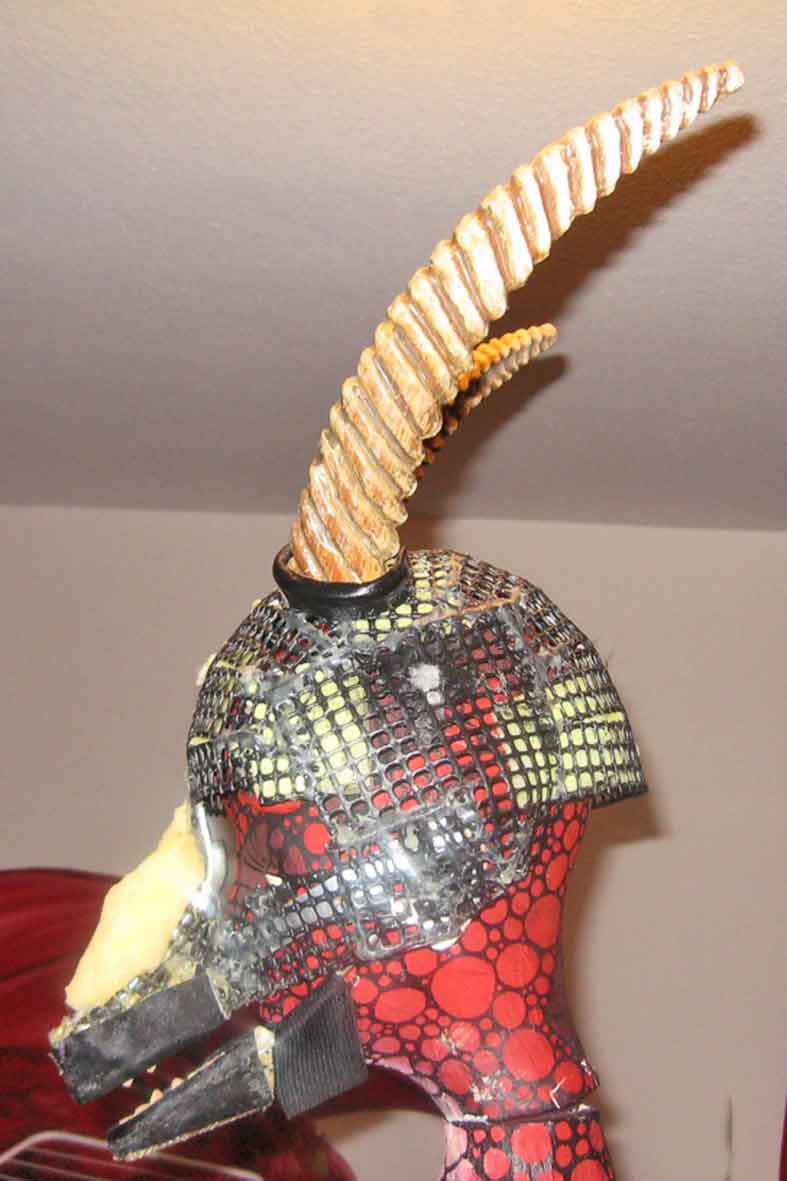 |
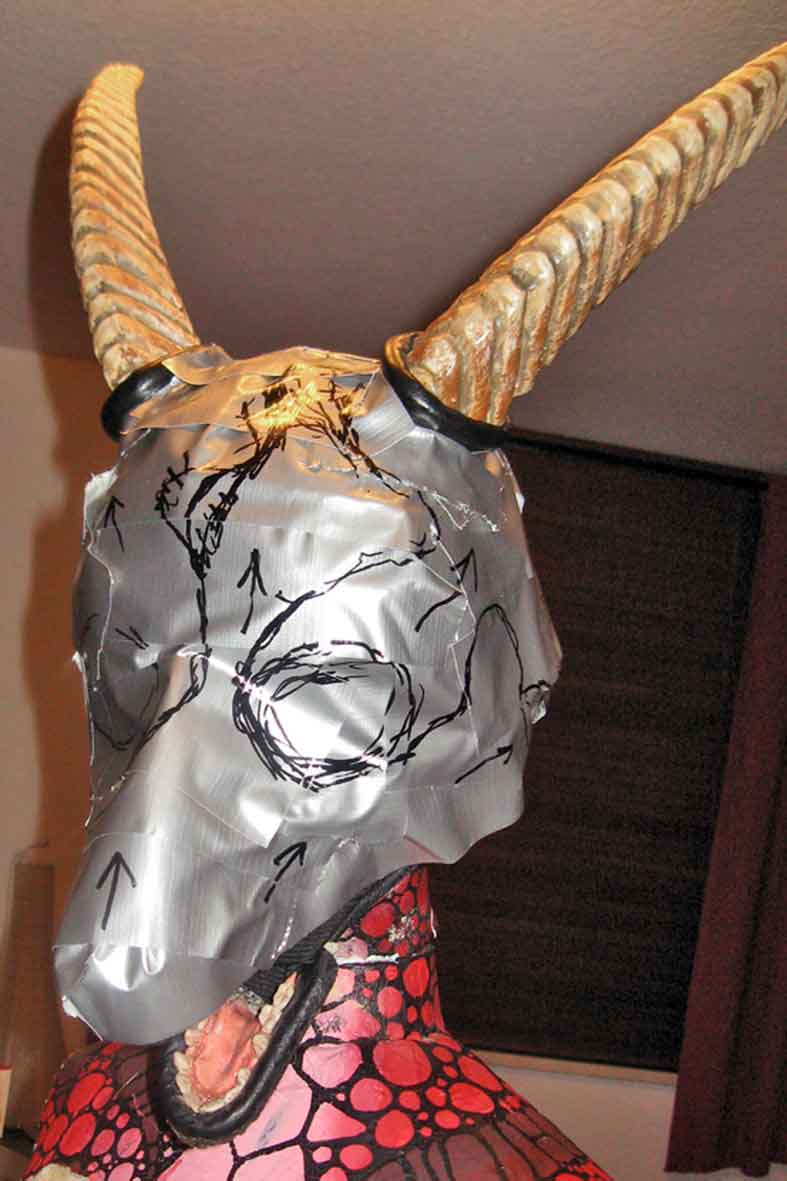 |
|||||||||||||||||||||||||||||||||
|
Above: |
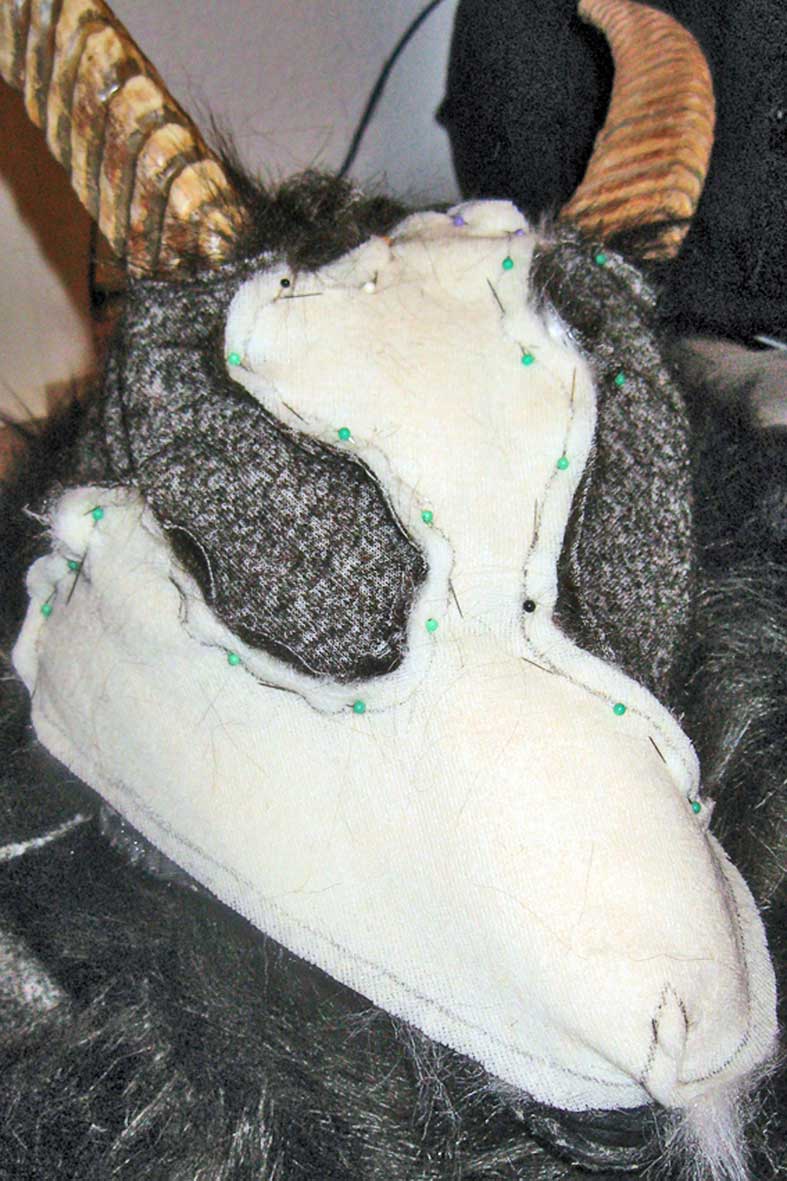 |
||||||||||||||||||
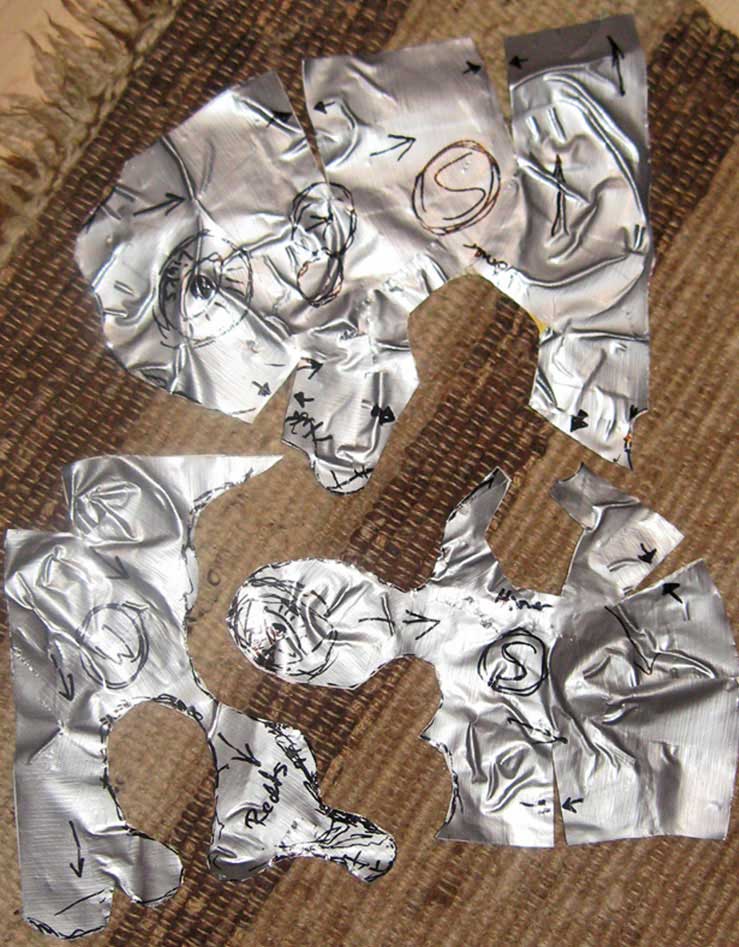 |
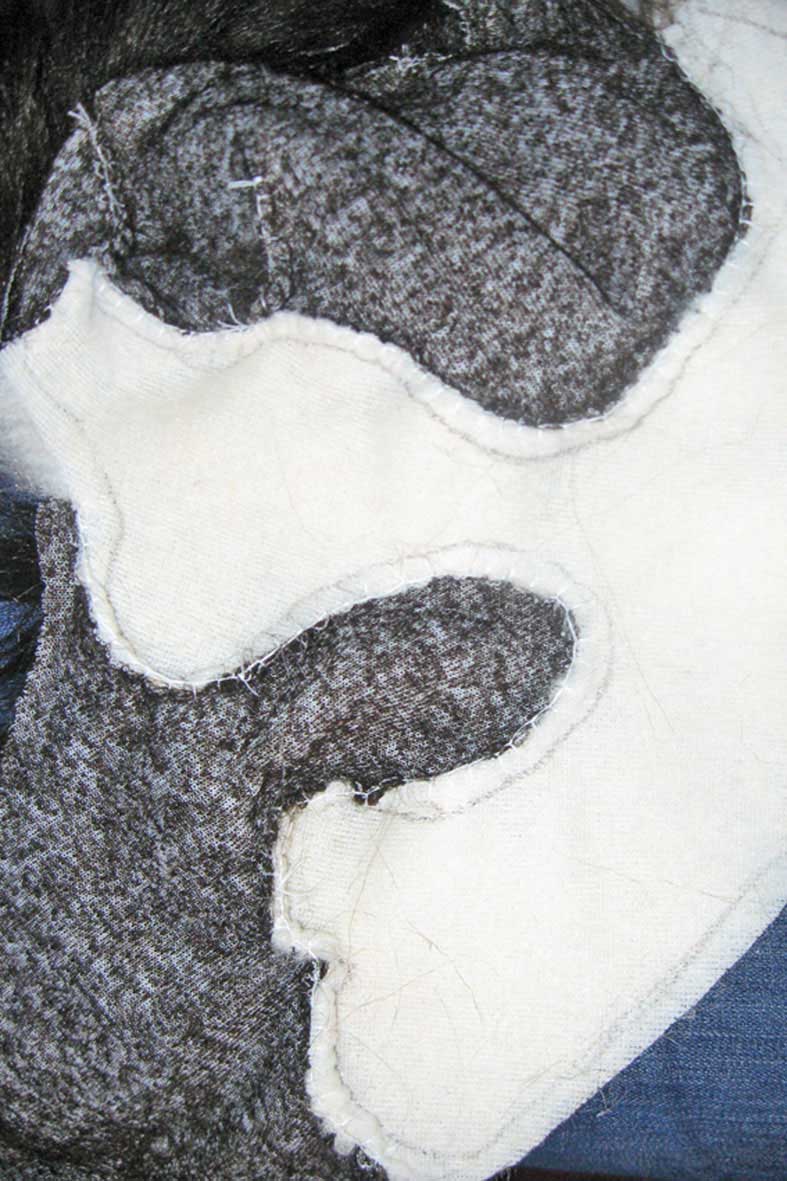 |
|||||||||||||||||
|
Above: |
||||||||||||||||||
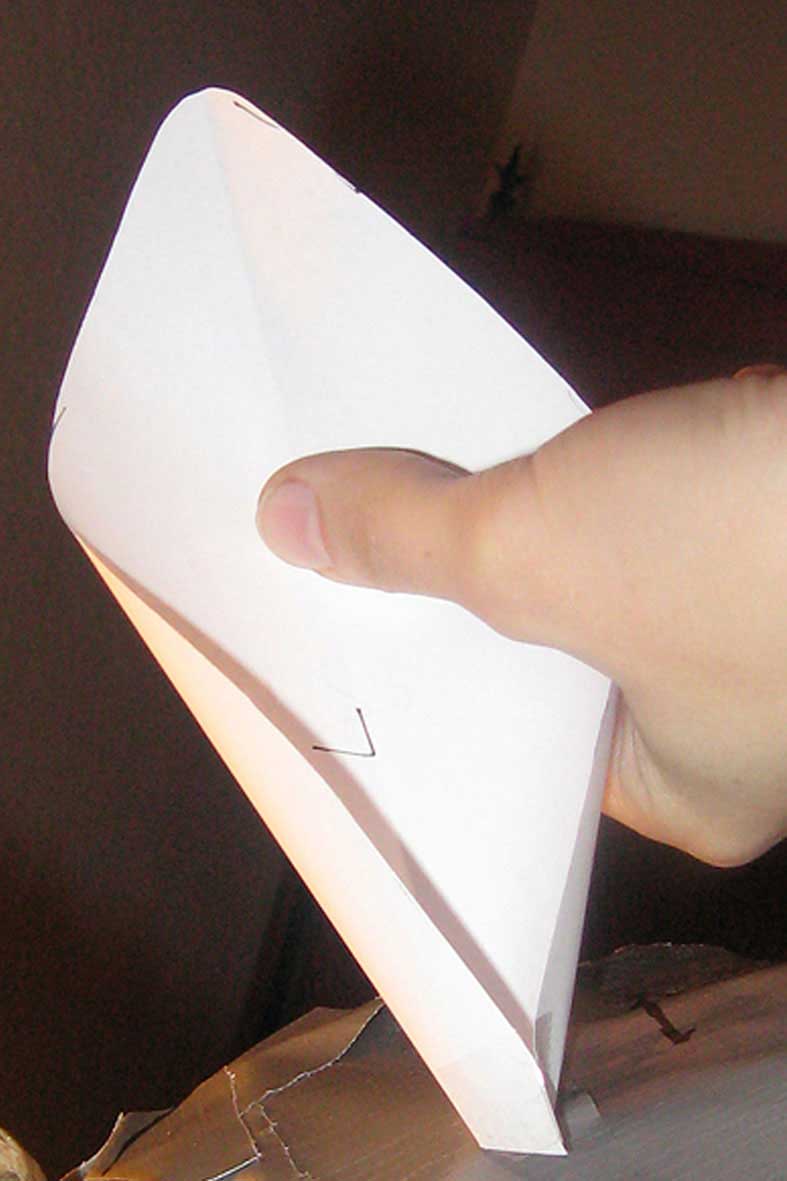 |
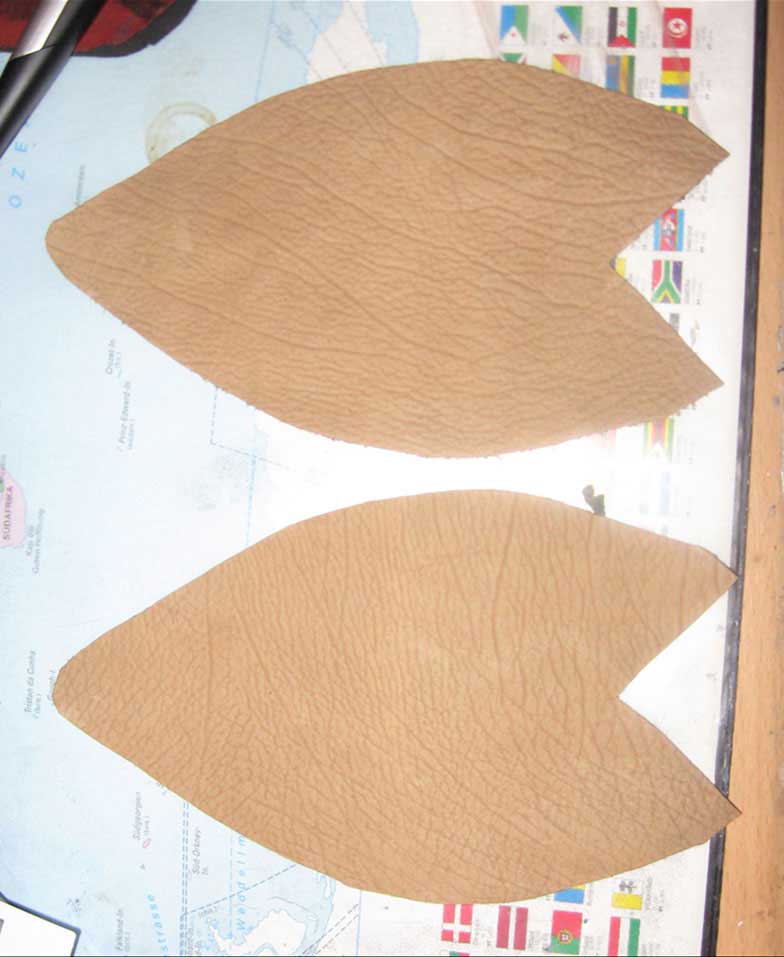 |
|||||||||||||||||
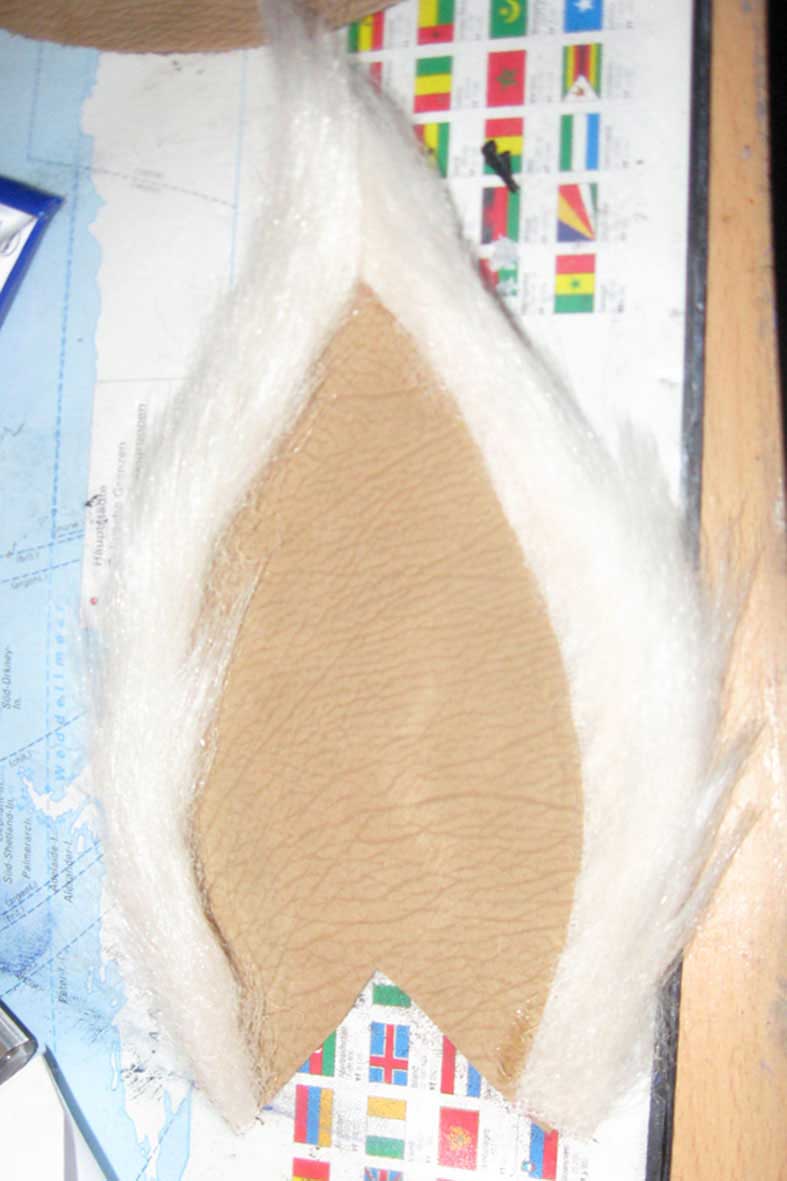 |
||||||||||||||||||
|
Above: |
||||||||||||||||||
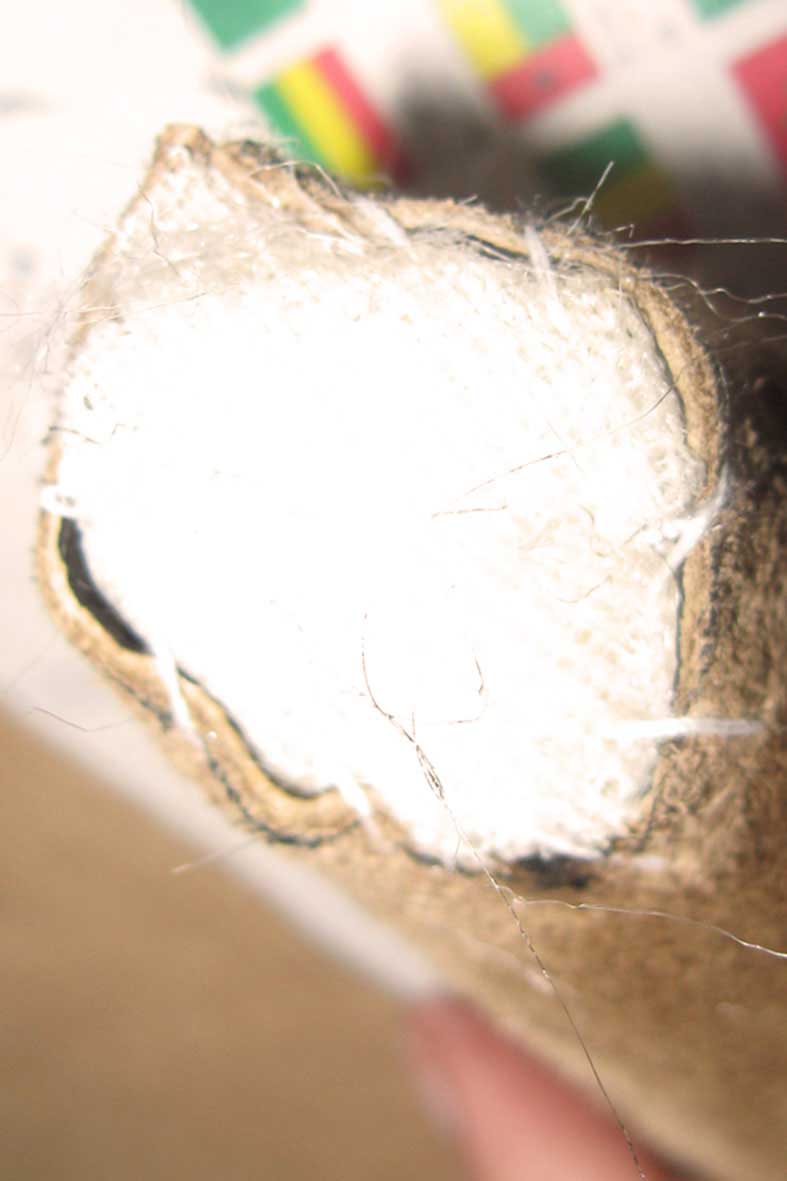 |
||||||||||||||||||
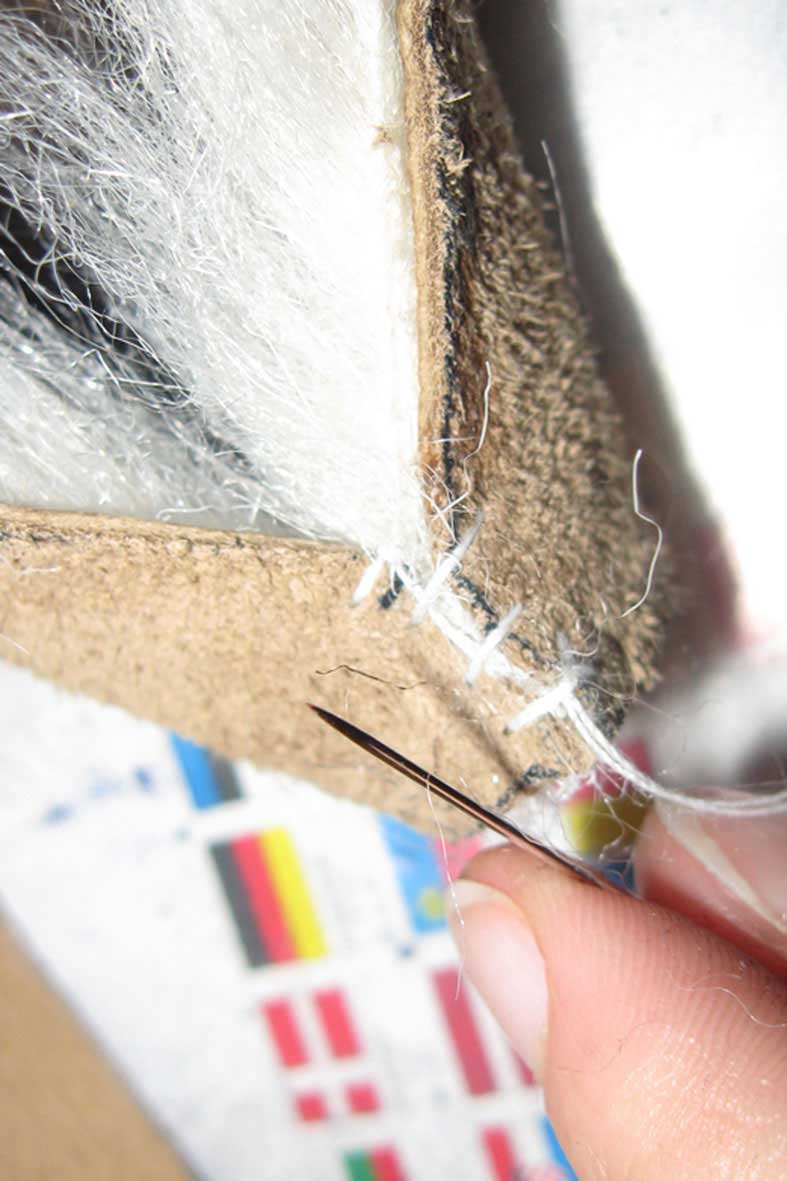 |
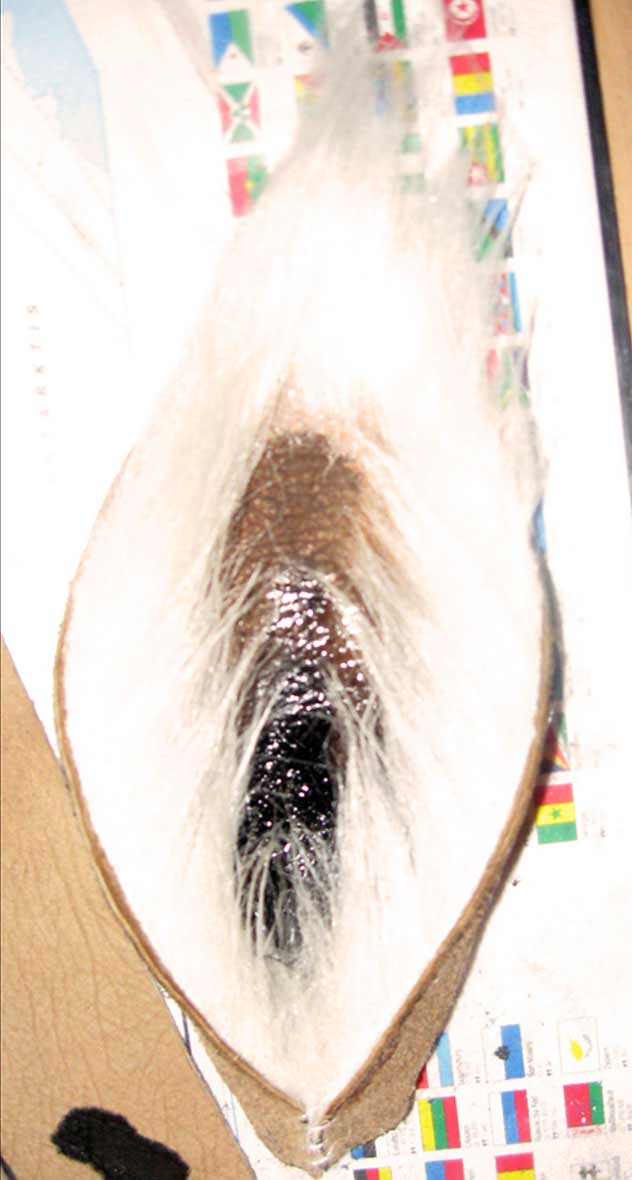 |
|||||||||||||||||
|
Above: |
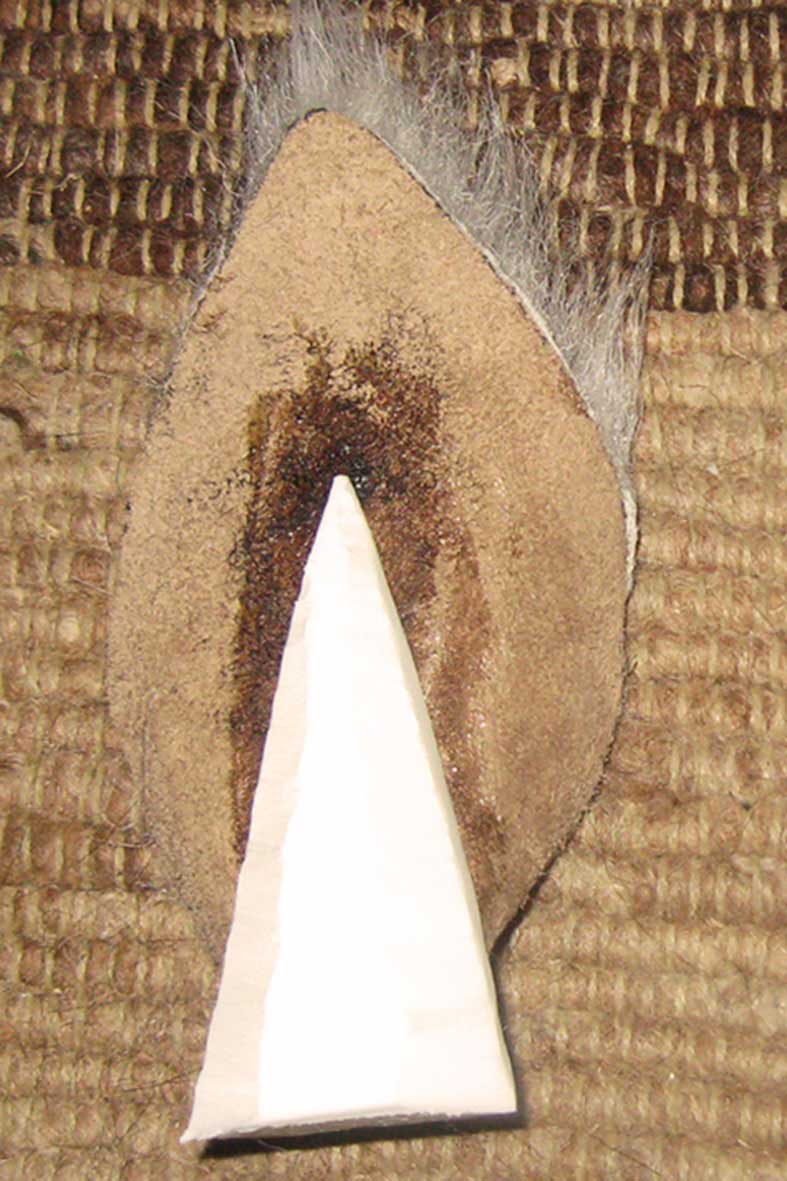 |
|||||
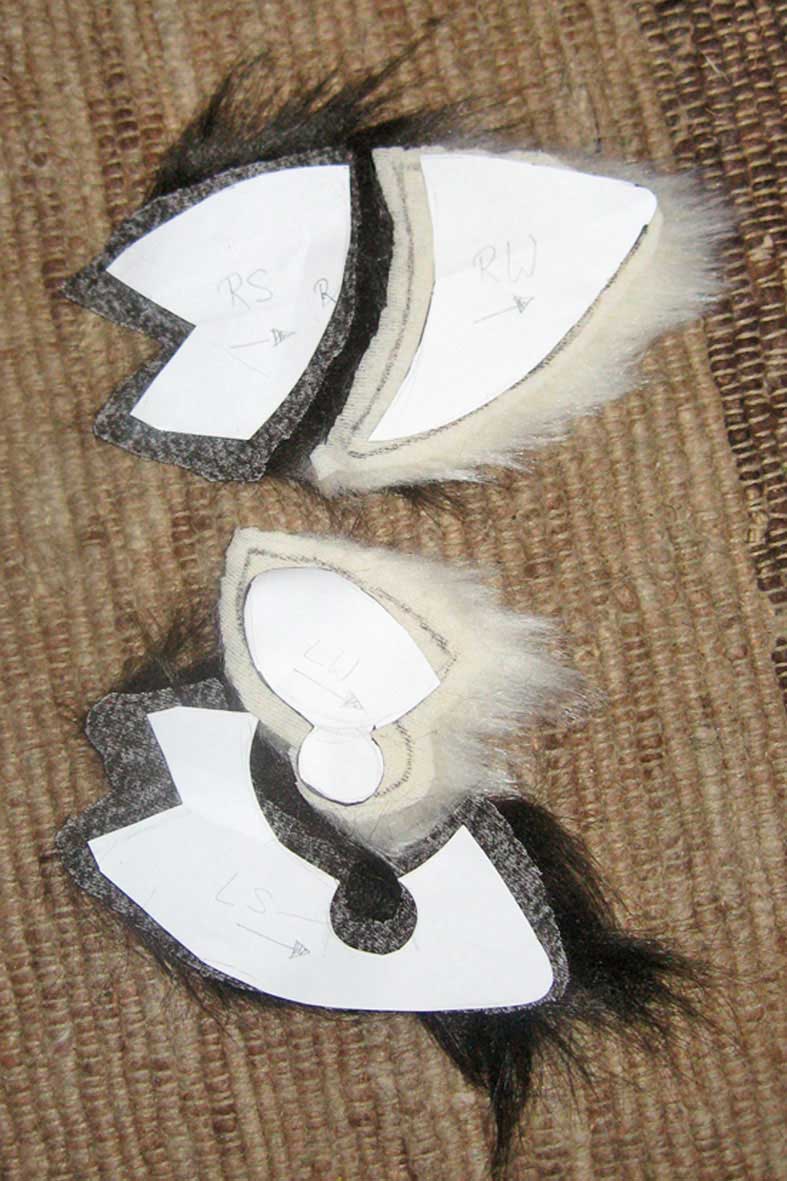 |
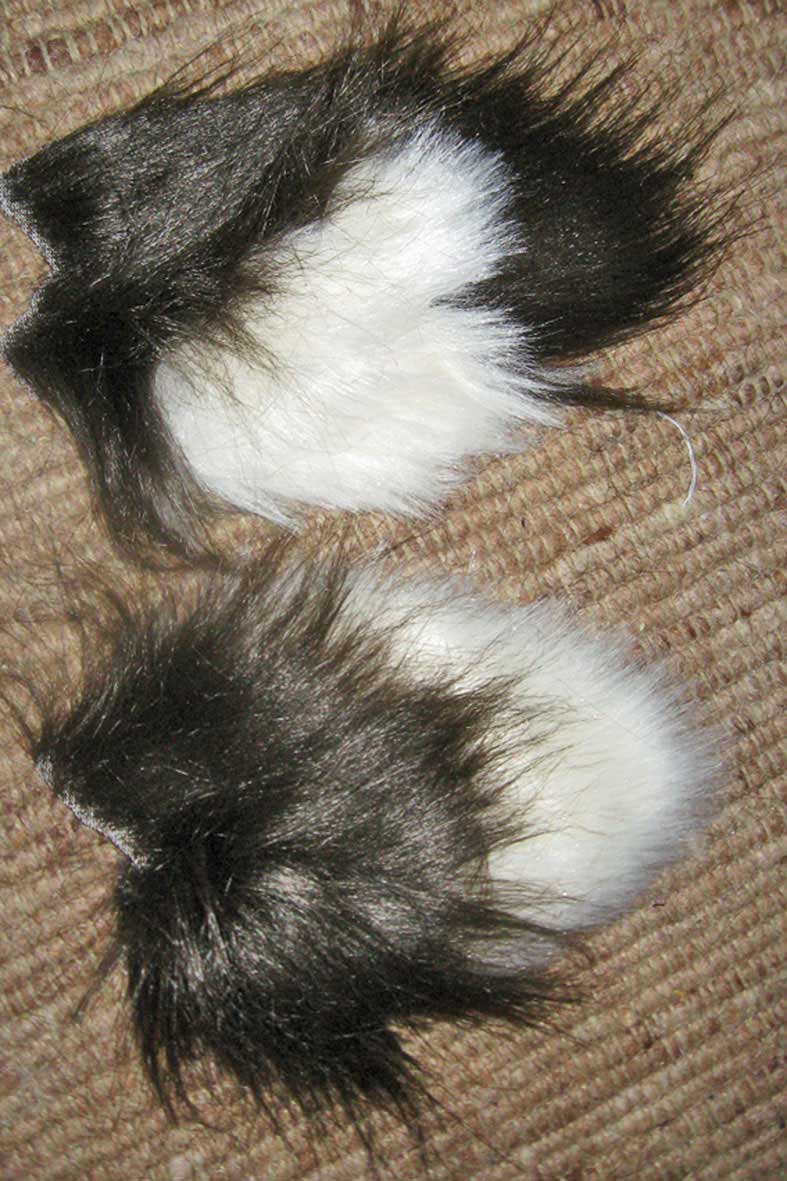 |
||||
|
Above: |
|
|
||||||||||||||||||||||||||||||||||||||||||||||||||||||||||||||||||||||||||||||||||||||||||||||||||
|
Above: |
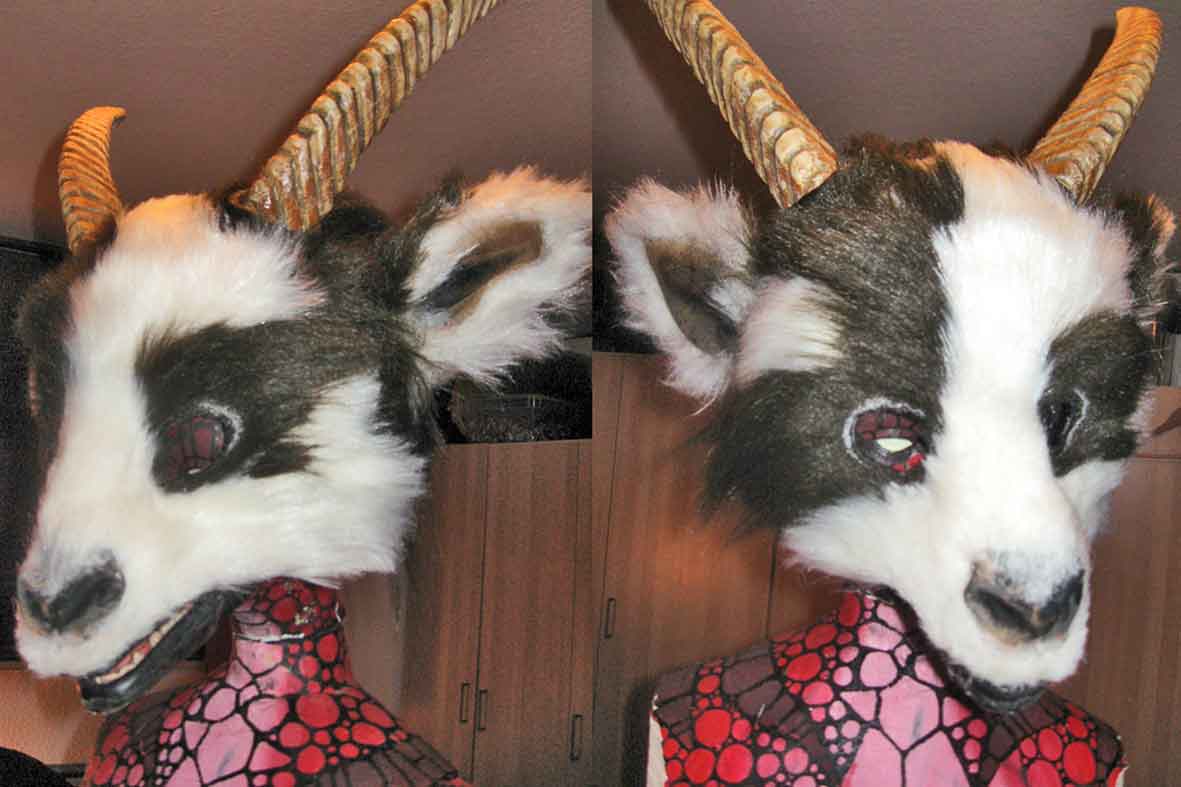 |
|||||||||||||||||||||
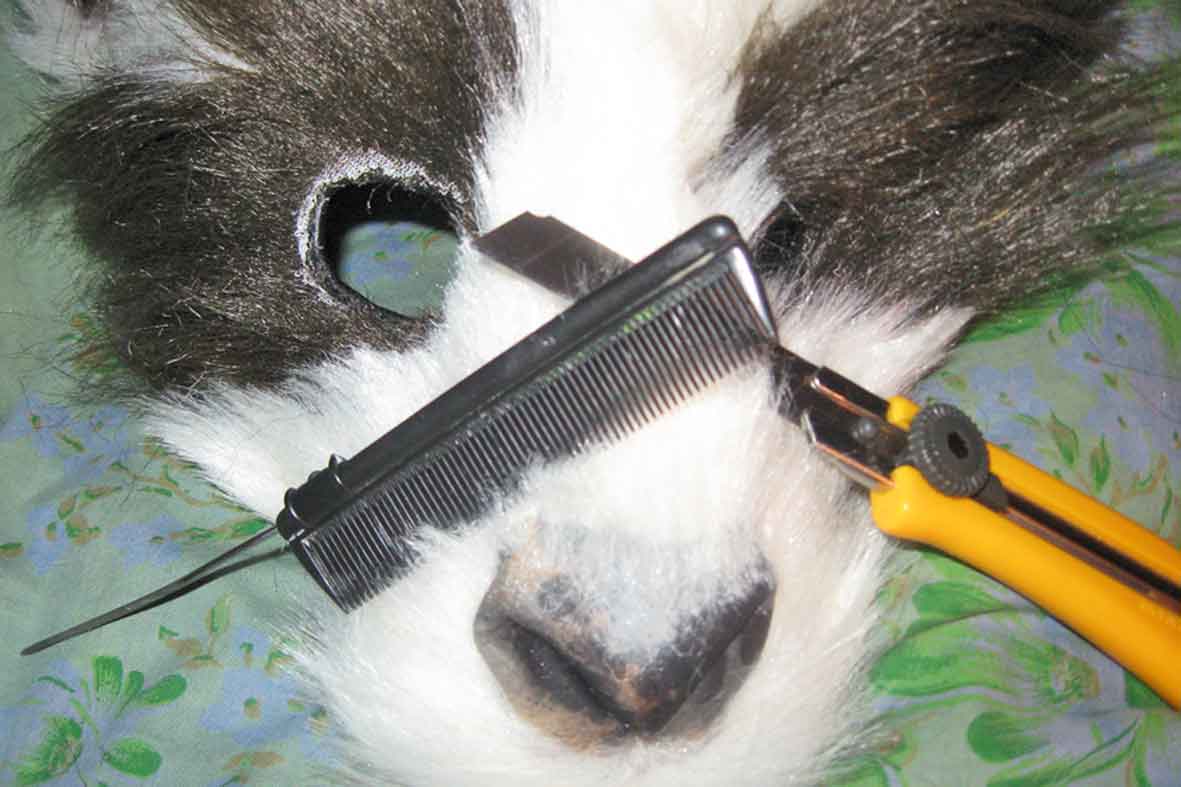 |
|||||||||||||||||||||
|
Above: |
|||||||||||||||||||||
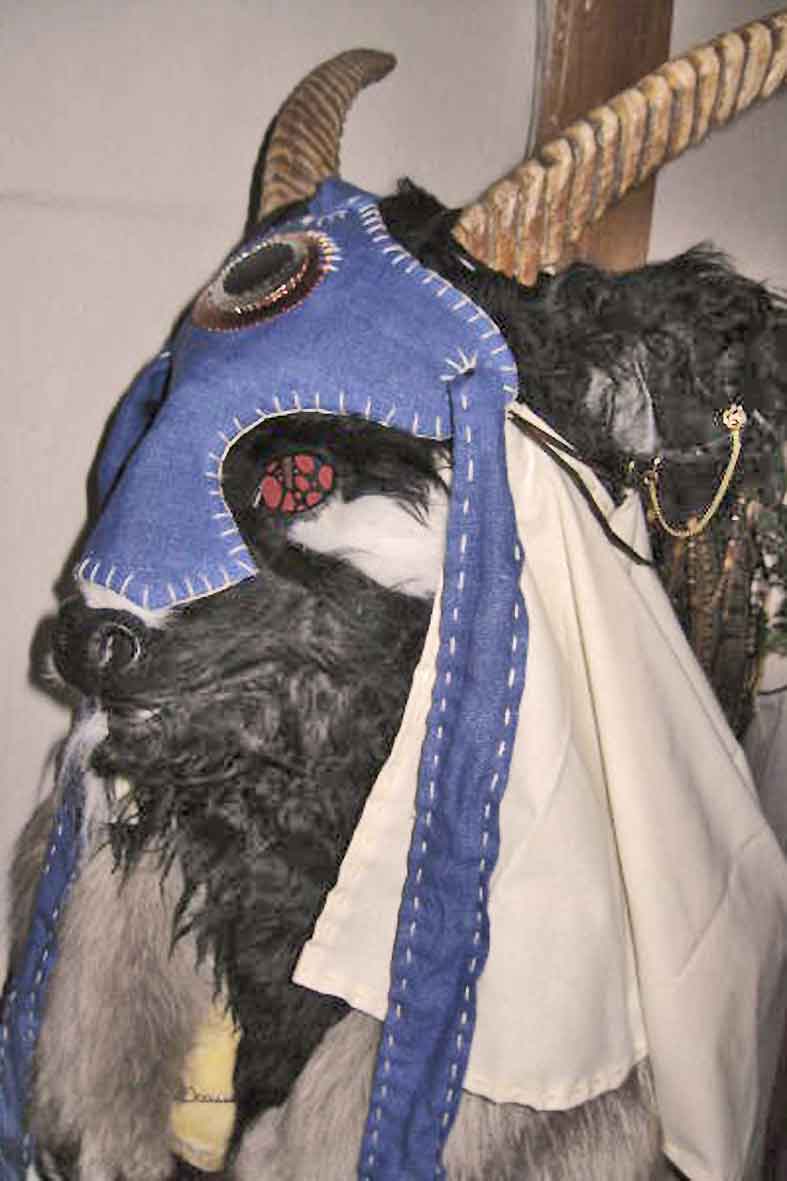 |
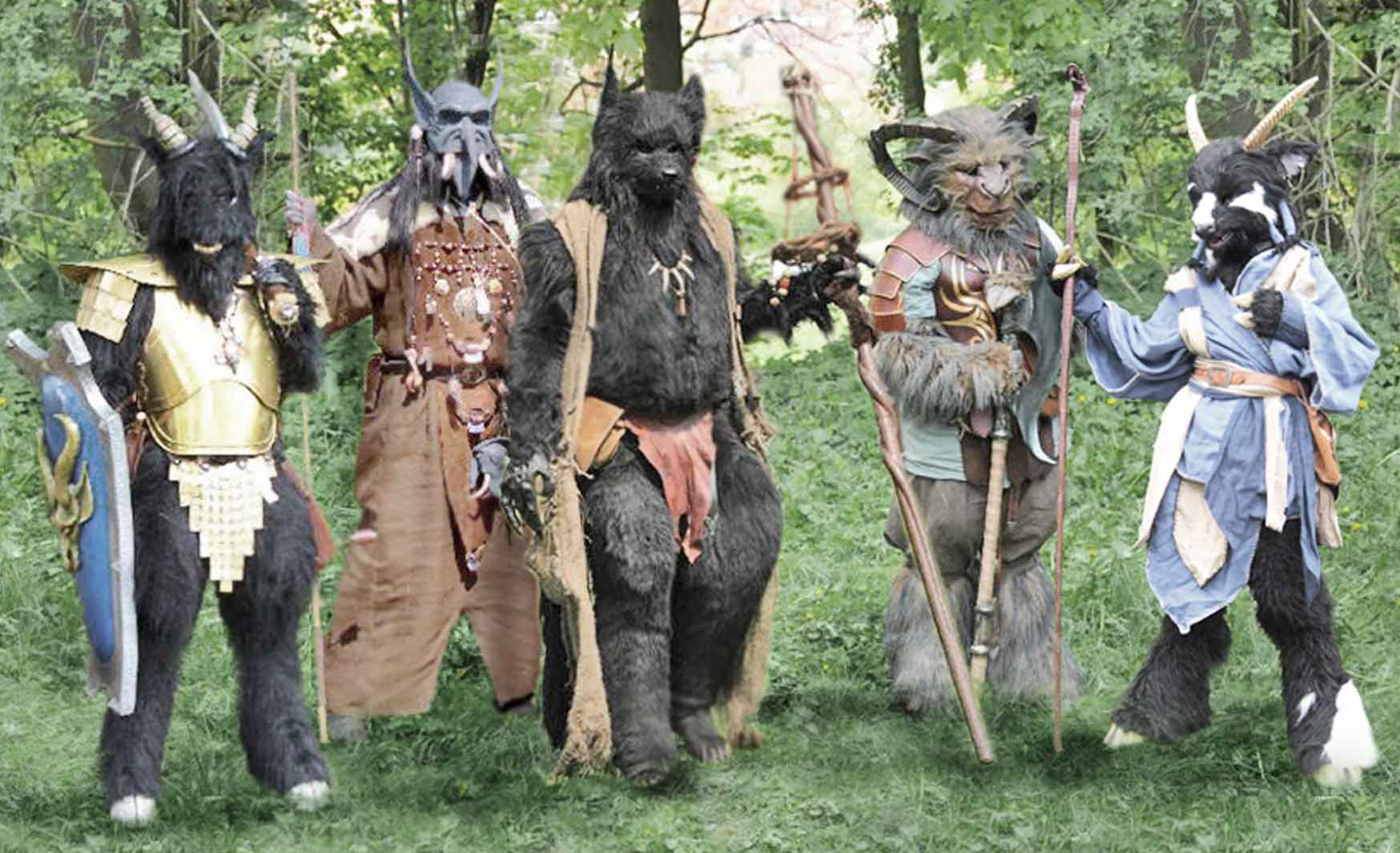 |
||||||||||||||||||||
|
Above left: Beastmen are intelligent, wear armour and jewellery and can speak. Their “clothing” however fulfills other purposes then protecting against cold or rain: it has ritual significance or proclaims rank. Above right: Thus they should look! The goat by the way has no fur under the clothes which are air- permeable. This helps against the suits getting warm. |
|||||||||||||||||||||
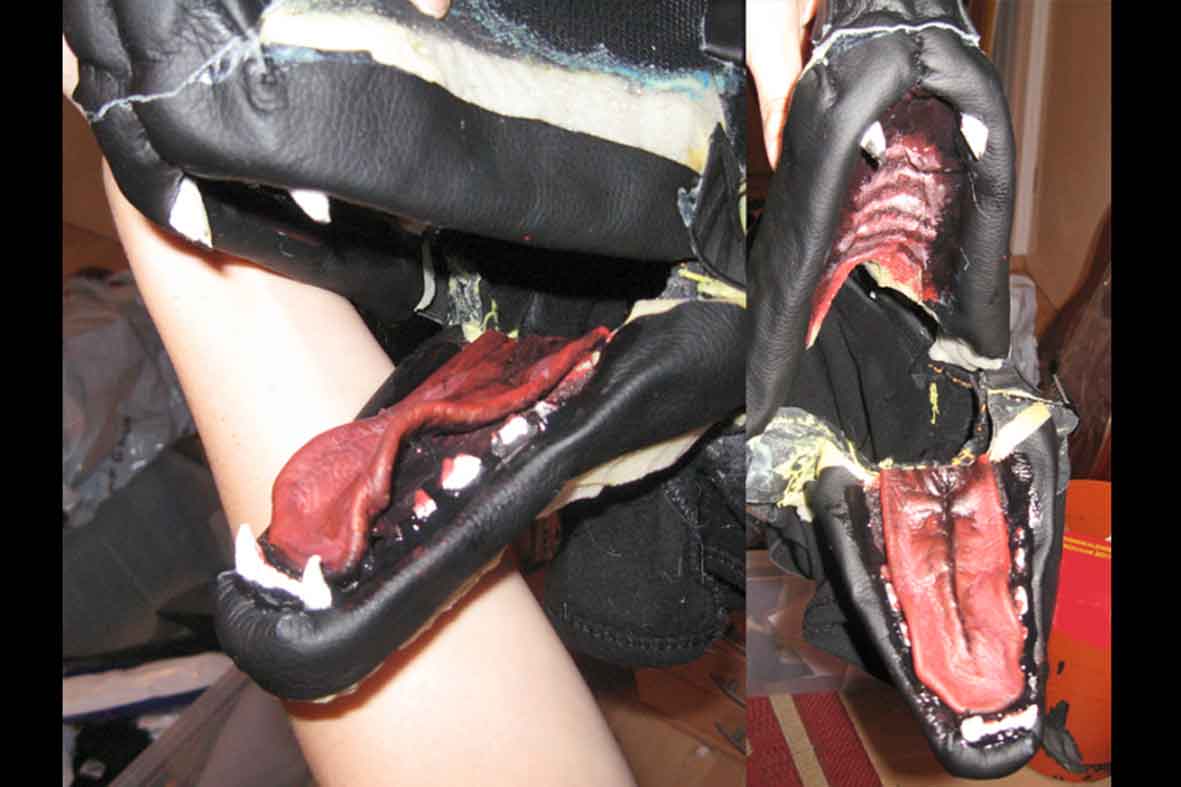 |
|||||||||||||||||||||
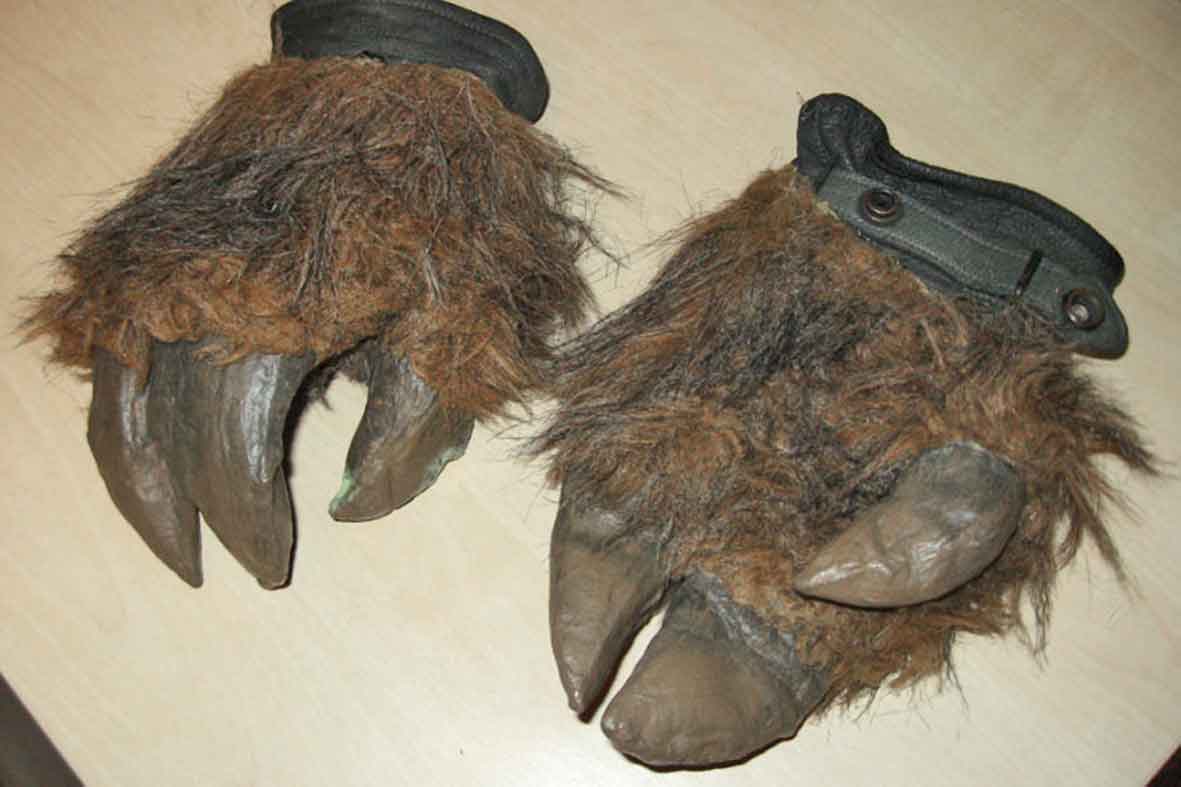 |
|||||||||||||||||||||
|
Above left: Jaws for a badger. Above right: Claws made out of gloves. Below: A werewolf. This is an NPC- monster that contrary to charcters has to be built as time-effectively as possible. |
|||||||||||||||||||||
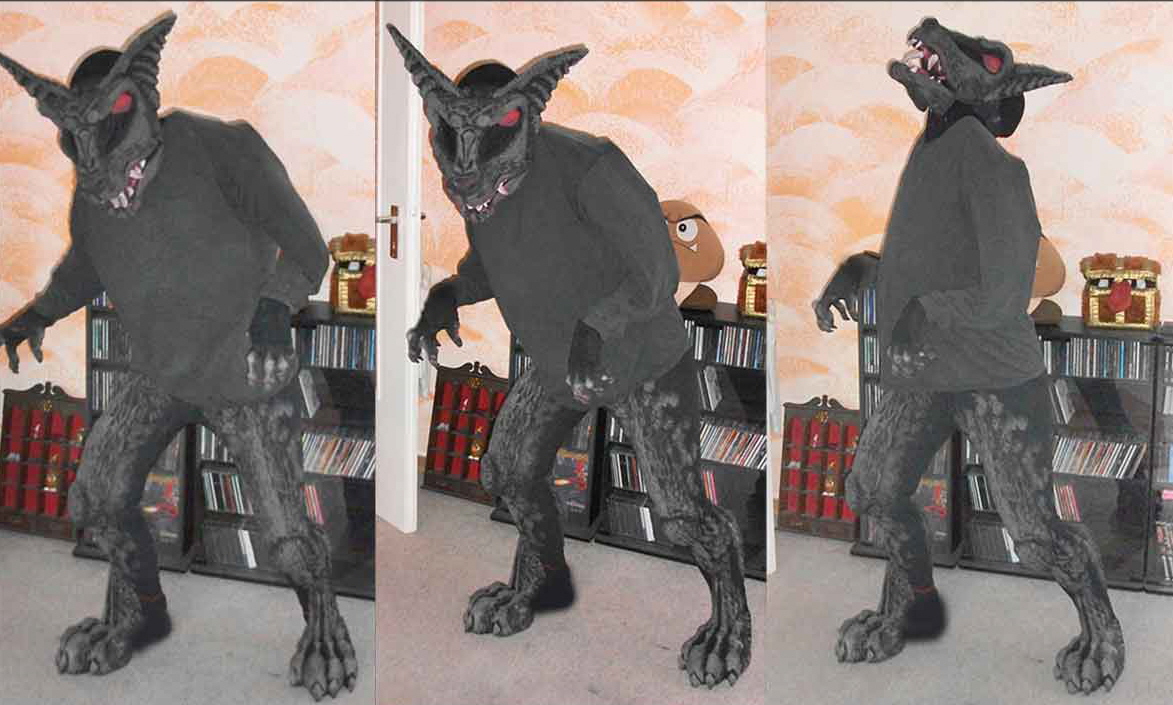 |
|||||||||||||||||||||
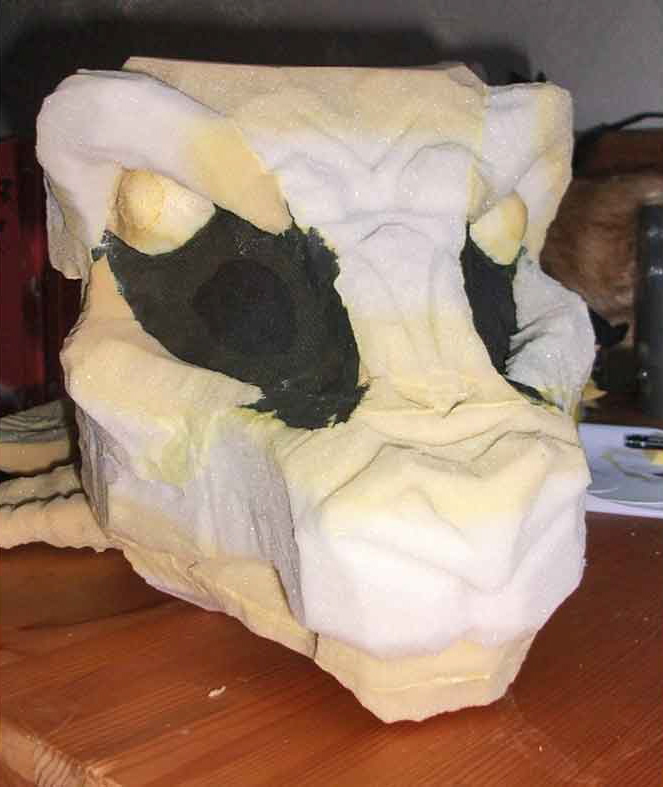 |
|||||||||||||||||||||
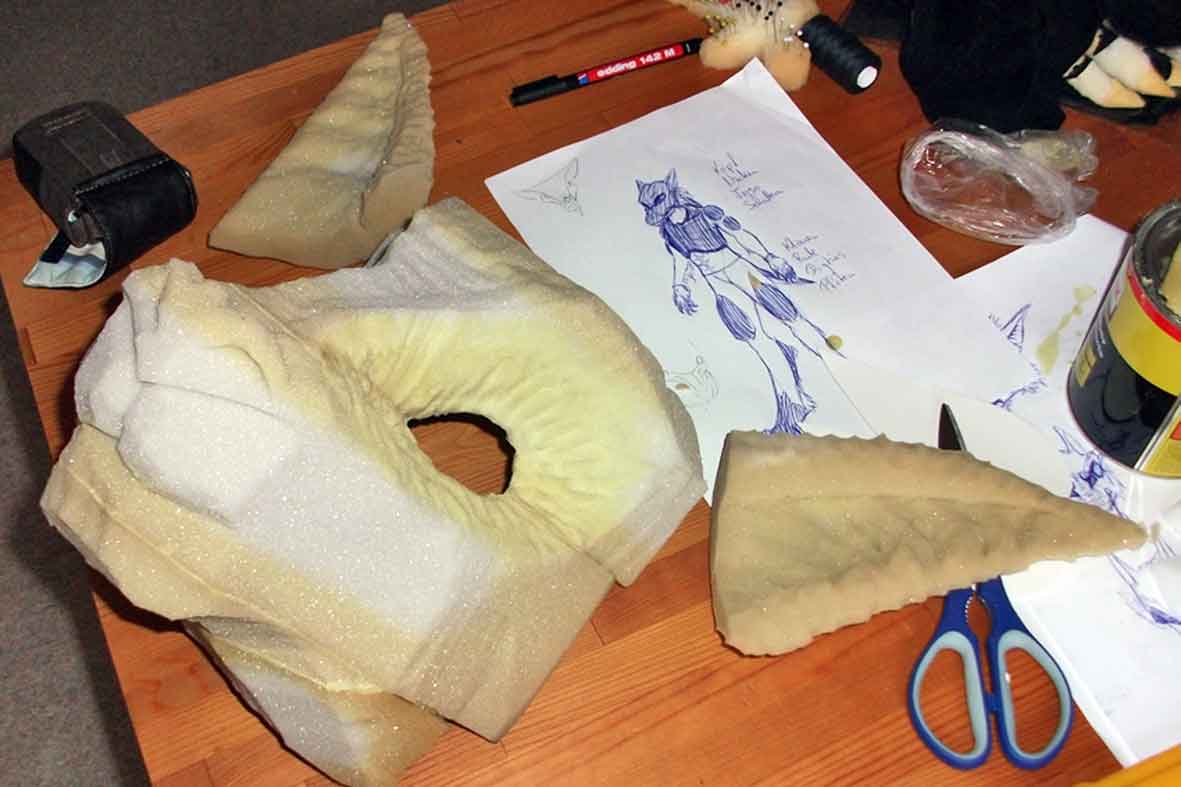 |
|||||||||||||||||||||
|
Above: The mask. From here on Annikaīs text again: |
|||||||||||||||||||||
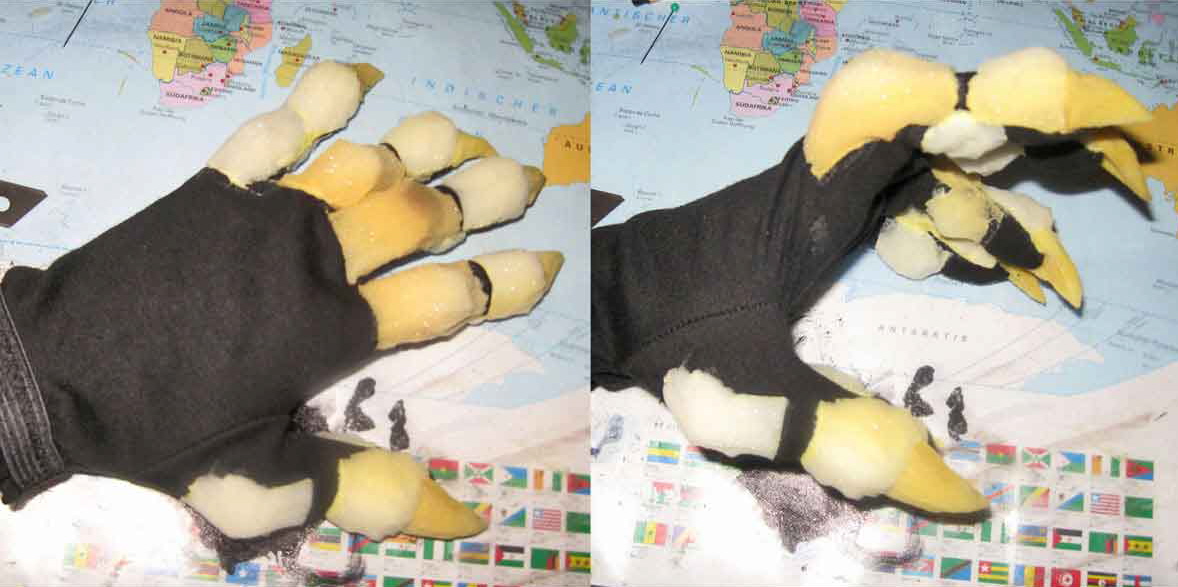 |
|||||||||||||||||||||
|
Above: Werewolf- claws |
|||||||||||||||||||||
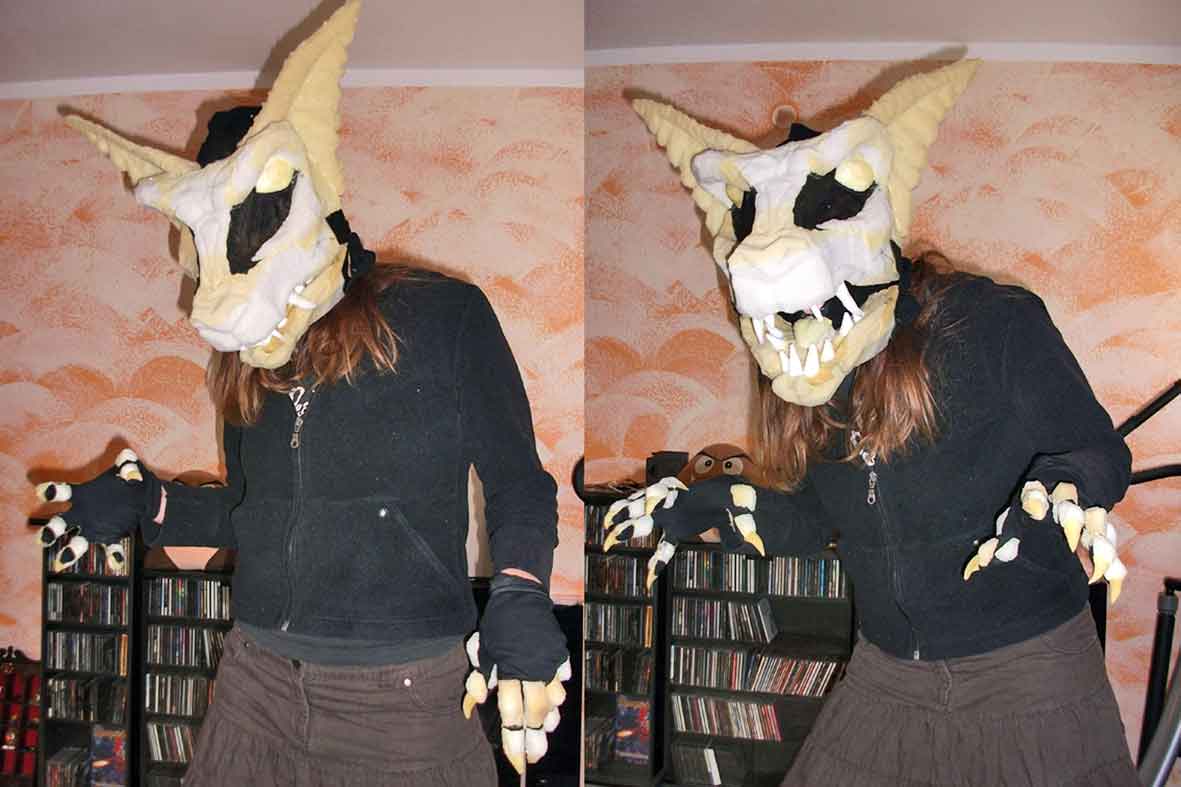 |
|||||||||||||||||||||
|
The legs and feet as the rest of the outfit are also carved out of matress foam. The feet have cuttings for the puppeteerīs shoes and reach a litte further to the ground to fully cover them. Before painting I used black tinting paint as ground, then drybrushed and highlighted with grey. Use the greys also on the black cloth parts. |
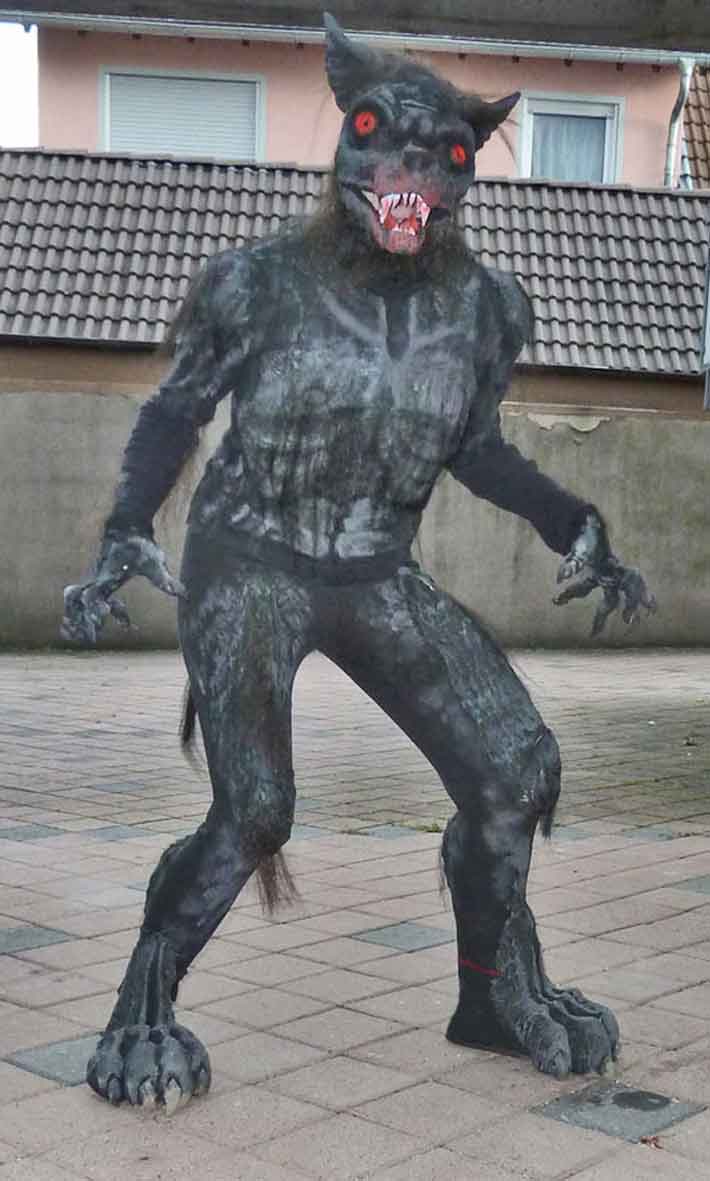 |
|||||
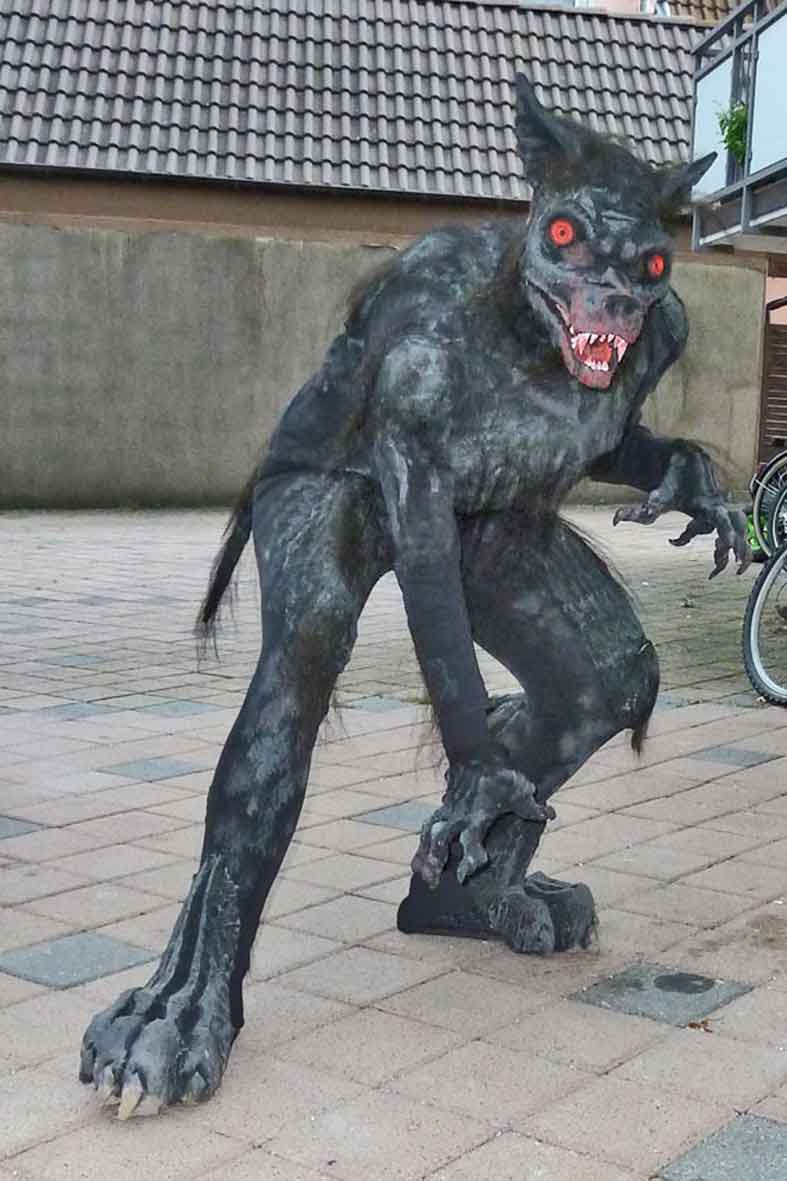 |
|||||
|
cost report for the wolf (2011): By the way: the wolf was finished in 2012 and is documented at Blogspot: Me again: Thanks a lot for these insights into the operation procedures! |
|||||
| [Home] [Deutsch] [English] [about me] [whatīs new] [Contents] [about monsters] [faqs] [other sites] |
